Achieving Balance With Taoism
Taoism, also spelled Daoism, is a religion and a philosophy from ancient China that has influenced folk and national belief for millennia. Taoism has been connected to the philosopher Lao-Tzu who around 500 B.C.E. is thought to have written the main book of Taoism, the Tao Te Ching. Taoism holds that humans and animals should live in balance with the Tao, or the way of the universe, and that spiritual immortality is where the spirit of the body joins the universe after death. In this blog, we will explore the origins of Taoism and its main concepts, along with the eight immortals of Taoism and a few teachings that can help you navigate life.
Lao-Tzu and the Origins of Taoism
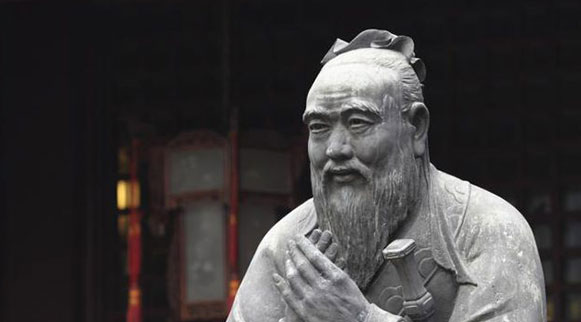
Pictured: Lao-Tzu Source: Famous Philosophers
The historian Sima Qian (145-86 BCE) told the story of Lao-Tzu, a curator at the Royal Library in the state of Chu, who was a philosopher. Lao-Tzu believed in the harmony of all things and that people could live easily together if they only considered each other’s feelings and recognized that their self-interest was not always in the interest of others.
Lao-Tzu grew impatient with the corruption he saw within people and in the government, so he decided to go into exile. As Lao-Tzu was leaving China, a gatekeeper, Yin Hsi, recognized him and asked him to write a book before he left. Lao-Tzu sat down on a rock beside the gatekeeper and wrote the Tao Te Ching, which translates to The Book of the Way.
Lao-Tzu stopped writing when he felt he was finished, handed the book to Yin Hsi, and vanished, never to be seen again. The Tao Te Ching is not looked at as scripture in Taoism; instead, it’s seen as a book of poetry presenting the simple way of living life at peace with one’s self, others, and the world of changes.
While the author is traditionally believed to be Lao-Tzu, some question his hand in the book as there is little evidence that Lao-Tzu existed. Some believe instead that the Tao Te Ching is a gathering of earlier sayings from many authors. However, Lao-Tzu is sometimes understood as the image of the Tao and given legendary status.
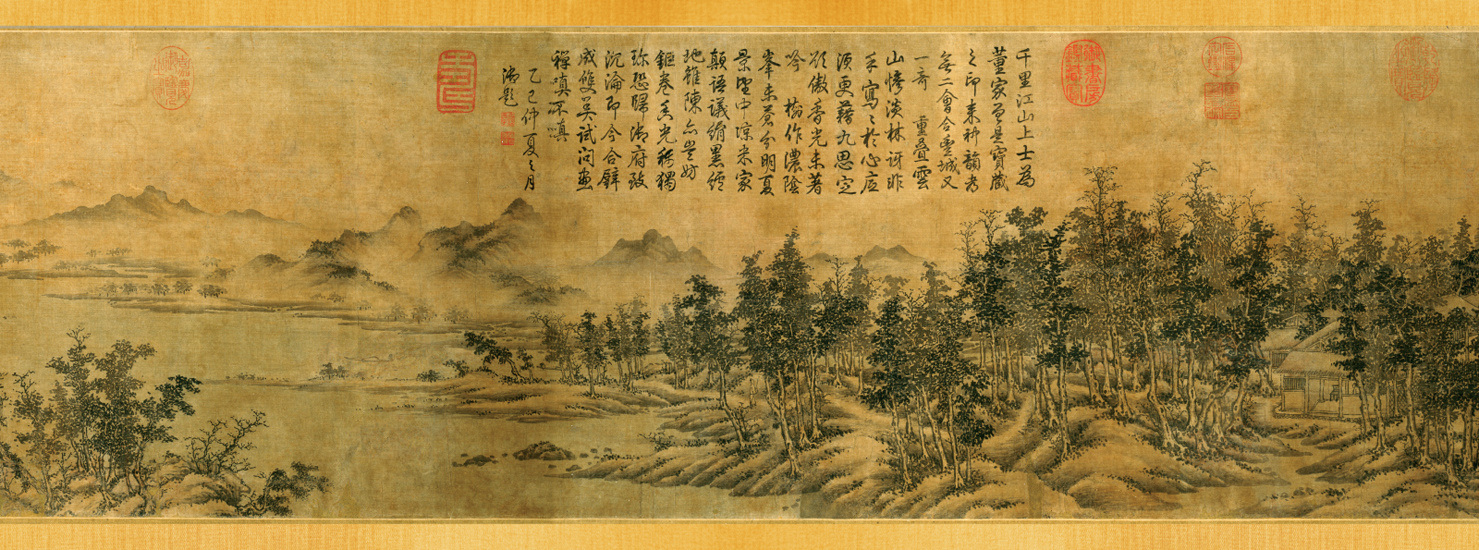 Pictured: Tao Te Ching Source: The Flerlage Twins
Pictured: Tao Te Ching Source: The Flerlage Twins
A Breakdown of Taoism
Taoism is a Chinese philosophy that developed from the folk religion of the people primarily in the rural areas of China; it became the official religion of the country under the Tang Dynasty. Taoism is therefore both a philosophy and a religion.
Taoism has provided an alternative to the Confucian tradition in China, coexisting in the country, regions, and even within the same individual. In Taoism, Confucian gods are seen as manifestations of the one Tao, which is not represented as an image or a particular thing.
The concept of a personified deity who created the universe is foreign to Taoists. This results in their form of prayer being different than Christian religions. Instead, they seek answers to life’s problems through inner meditation and outer observation.
Some of the basic tenets of Taoism are the following:
- Time is cyclical, not linear as in Western thinking.
- One should plan in advance and consider carefully each action before making it.
- Taoists follow the art of “wu wei,” which is to let nature take its course. For example, one should allow a river to flow towards the sea unimpeded; do not erect a dam that would interfere with its natural flow.
- Taoists strongly promote health and vitality.
- The five main organs and orifices of the body correspond to the five elements: water, fire, wood, metal, and earth.
- Development of virtue is one’s chief task. The Three Jewels to be sought are compassion, moderation, and humility.
A Look at Wu Wei in Taoism
In Chinese, wu wei translates to “non-doing or doing nothing;” this concept is key to the noblest kind of action, according to the philosophy of Taoism, and is at the heart of what it means to follow the Tao.
According to the Tao Te Ching: “The Tao never acts yet nothing is left undone.” This is the paradox of wu wei; it doesn’t mean not acting, it means “effortless action” or “actionless action.” Simply put, this means being in a state of peace while engaged in even the most frantic task can allow one to carry it out with maximum skill and efficiency.
The meaning of wu wei is captured when we talk of being “in the zone,” or at one with what we are doing and in a state of flow. It’s also closely connected to the Taoist reverence for the natural world, for it means striving to make our behavior as spontaneous and inevitable as certain natural processes.
Wu wei involves letting go of thoughts or ideals that we may otherwise try to force too violently onto things. Instead, it invites us to respond to the true demands of situations by putting our ego-driven plans aside. What can follow is a loss of self-consciousness; a new unity between the self and its environment. This change in state unleashes energy that’s normally held back by an overly aggressive, willful style of thinking.
The Tao Te Ching points out that to achieve wu wei we should be like water, which is “submissive and weak and yet which can’t be surpassed for attacking what is hard and strong.” Through gentle persistence and compliance with the specific shape of a problem, an obstacle can be worked around and gradually eroded.
Yin and Yang in Taoism
Taoism’s purpose is to assist individuals in experiencing their essential nature as inseparable from that of the cosmos and to be part of the flow of life. An important first step toward attaining this experience of interconnectedness is by learning to recognize and align ourselves with the movement of life itself, which can be achieved through an understanding of Yin and Yang.
Yin and Yang, the two essential and interdependent energies of life, describe the underlying unity of life through the interplay of two primal forces. Though opposite in nature, Yin and Yang are not diametrically opposed, but rather complementary and relative to one another.
Yang is characterized as creative, assertive, and light, while Yin is receptive, yielding, and dark. It’s important to note that these attributes are only descriptive and do not carry any moral value. The interaction between Yin and Yang creates all manifestations, and it’s through them that the Tao reveals itself.
Our entire physical reality is based on the interplay of both Yin and Yang energies. Whether it’s the structure of DNA, with its positive and negative strands, the transmission of neurons in our brains, or the makeup of electricity with its positive and negative currents — all of these processes take place because of these two opposing energies.
The original meaning of the term “Yin-Yang” signified the dark (Yin) and light (Yang) sides of a mountain. Early in the day, the sun would illuminate one part of the mountain while the other side would remain dark. As the sun moved across the sky, it gradually began to light the opposite side while the earlier sunlit face became dark. Light and dark were not static but interacted with one another, defined one another, and actually assumed each other’s roles in the process of change. This describes the interplay of Yin and Yang within Taoism.
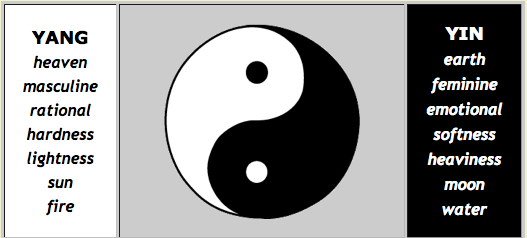
Pictured: Yin and Yang characteristics Source: The Lazy Taoist
The Eight Immortals Of Taoism
For devout believers, a central tenet of Taoism is the idea that adhering to certain beliefs and practices can potentially lead to immortality. It’s unknown just how many Taoist practitioners have achieved immortality, but the founder of Taoism, Lao-Tzu, is thought to be immortal.
The religious tradition of Taoism venerates a group of eight xian, or immortals, who offer a concrete symbol of this ability to transcend the limitations of ordinary human life through the beliefs and practices of Taoism. They serve as mythological archetypes of immortality achieved through practice.
Here’s a breakdown of the eight immortals of Taoism:
- He Xian Gu: Often considered the only woman among the Immortals. He Xian Gu is usually depicted carrying a lotus flower, which is said to improve one’s mental and physical health.
- Cao Guo Jiu: As a member of the royal family in the Song Dynasty, Cao Guo Jiu is often shown dressed in official robes and holding a jade tablet. He’s commonly regarded as the patron of actors and the theater.
- Lan Caihe: Sometimes depicted as a male but other times as a female. Lan Caihe is often shown carrying a bamboo flower basket and a pair of bamboo castanets. They’re known to be eccentric, serving to symbolize a carefree life devoid of the concerns and responsibilities of ordinary life.
- Lu Dongbin (also spelled Lu Tung Pin): Believed to be a scholar and poet that lived during the Tang Dynasty. Lu Dongbin’s symbol is a magic sword that dispels evil spirits and provides him with invisibility. He’s regarded as a patron deity for highly literate people; some also see him as a champion of the medical profession.
- Han Xiang Zi: Thought to be related to a Confucian scholar. Han Xiang Zi is often depicted carrying a flute and is regarded as a patron deity of musicians.
- Zhang Guo Lao: Lived from approximately the middle of the 7th century into the 8th century, practicing as a Taoist hermit in the mountains of east-central China. Zhang Guo Lao is typically shown seated on a white mule, often facing backward. For Taoists, he is regarded as a protector of children and a patron of wine and the good life.
- Zhongli Quan: Usually shown with his chest exposed and holding a fan with which he can resurrect the dead and transform stones into precious metals. Zhongli Quan is usually featured with a long beard and a glass of wine.
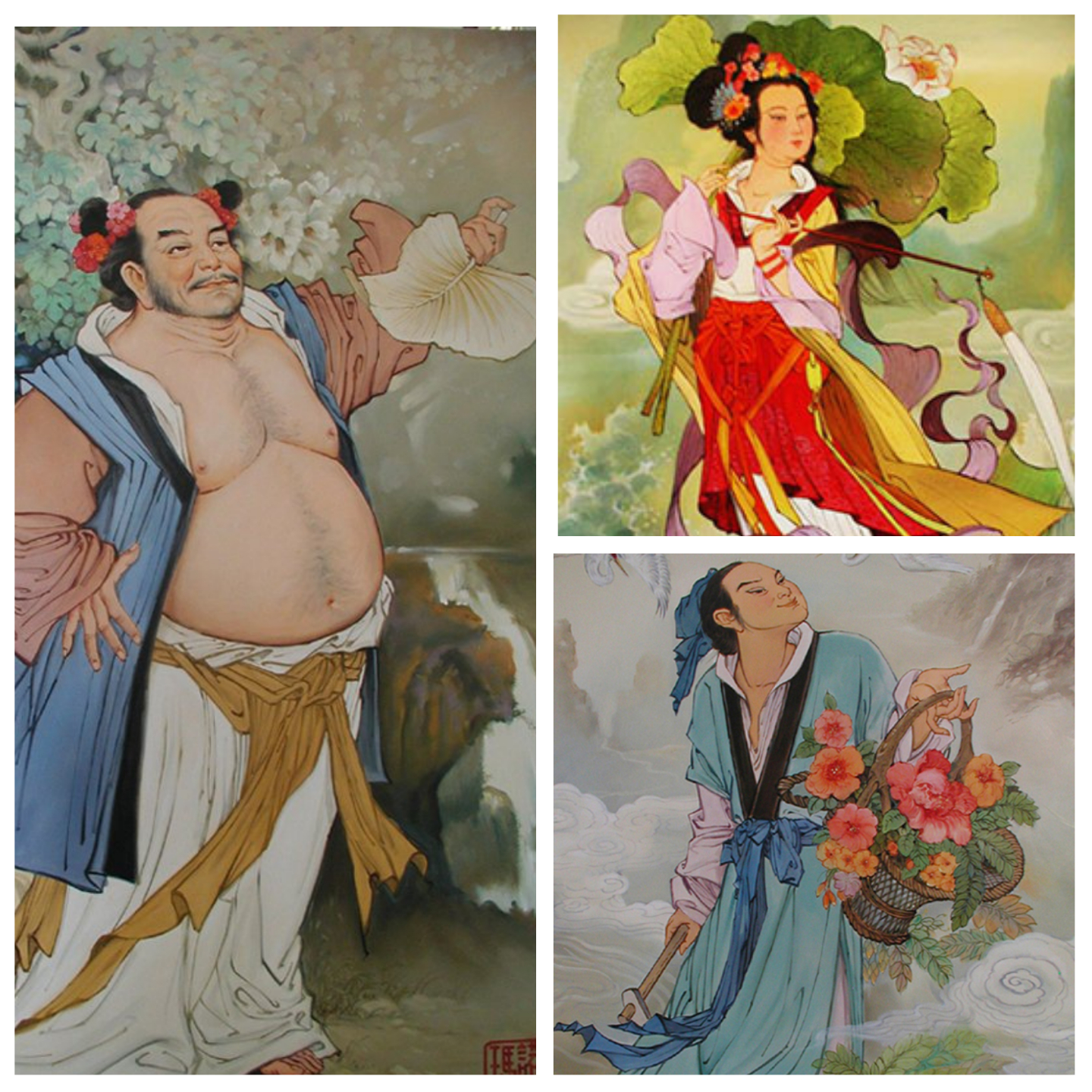
Pictured: Left; Zhongli Quan (Three Stars), Top Right; He Xian Gu (Tsingtao), Bottom Right; Lan Caihe (Ferre Beekeeper)
Teachings of Taoism to Help You Navigate Life
In a modern world that never sleeps, anyone could benefit from the simplicity found in Taoism. You can grasp some of its key concepts with a few quotes from Taoism’s most important book, the Tao Te Ching. This wisdom lays a simple framework for achieving harmony, which may help you navigate life with ease.
Simplicity, Compassion, and Patience
“Simplicity, patience, compassion. These three are your greatest treasures. Simple in actions and thoughts, you return to the source of being. Patient with both friends and enemies, you accord with the way things are. Compassionate toward yourself, you reconcile all beings in the world.”
The Lesson: Life can get complicated, but sometimes all we need to do is get back to the basics. When feeling overwhelmed, these guidelines present essential rules on how to manage actions, relationships, and self-worth in a few concise sentences.
Letting Go
“If you realize that all things change, there is nothing you will try to hold on to. If you are not afraid of dying, there is nothing you cannot achieve.”
The Lesson: Many Eastern philosophies remind us of the only true constants in life: change and death. While not an easy thing to do, accepting these facts of life can release you from suffering and bring greater freedom into your life. We must remember to let go, and allow life to take its course.
Harmony
“Tao engenders One; One engenders Two; Two engenders Three; Three engenders all things. All things carry the Yin (femininity) while embracing the Yang (masculinity). Neutralizing energy brings them into harmony.”
The Lesson: The Chinese concept of Yin and Yang describes nature in dualities with two opposite, complementary, and interdependent forces. In other words, two halves balancing together to make a whole; one aspect increases as the other decreases, and this balance continues as a pattern in nature.
Examining and understanding these patterns in ourselves and around us brings more balance in life. For example, a person that becomes too rigid may break under pressure. Instead, they should try to become softer and more flexible to restore the balance of Yin to Yang.
Going With the Flow
“When nothing is done, nothing is left undone.”
The Lesson: This quote explains the concept of wu wei, uncontrived action or natural non-intervention. In life, rather than fighting against the conditions in our lives, we can allow things to take their natural course. This can also mean that when you don’t know what to do, do nothing. Instead, look inward and outward in your life, ponder the potential courses of action, and only jump at opportunities when you feel ready.
In Conclusion
The Tao Te Ching, a two and half thousand-year text credited to Lao-Tzu and the second most translated book in world literature, forms the basis of Taoism. Gaining knowledge of the main principles of Taoism allows us to cultivate and strengthen our own process of self-exploration, growth, and transformation, and it helps to connect us deeply to our inner nature and to the world around us.
Which teaching of Taoism resonated the most with you? Let us know in the comments!

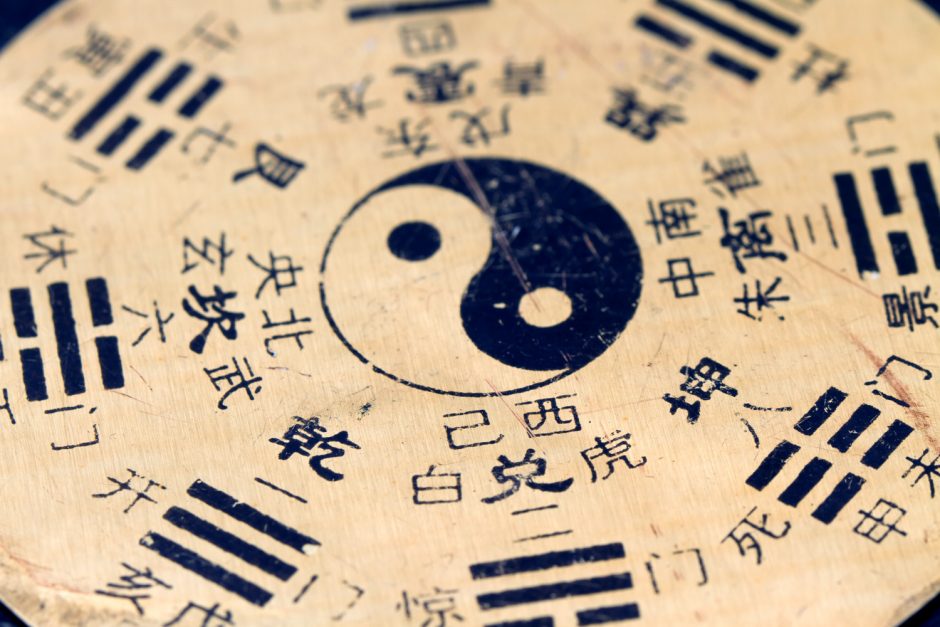

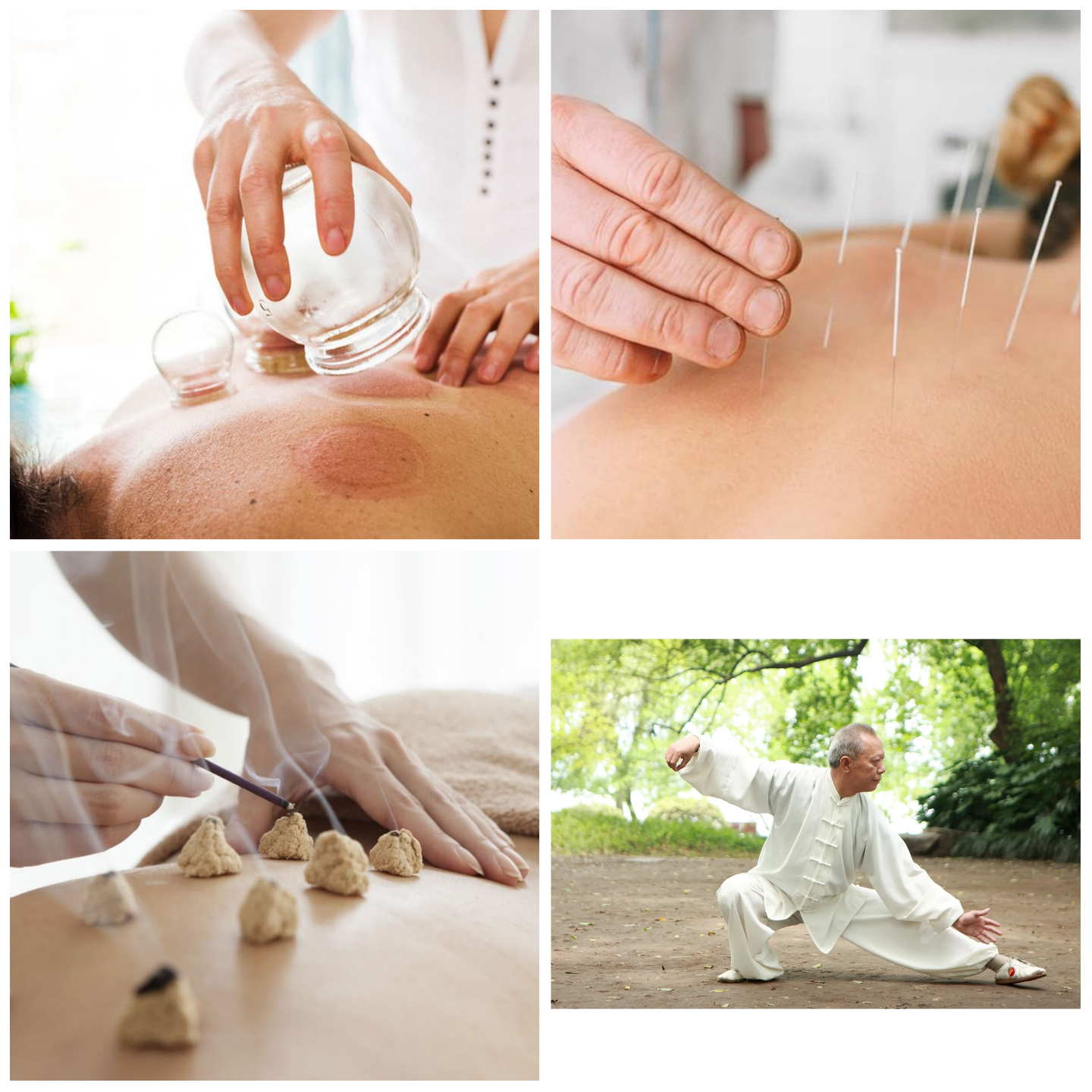 Pictured: Cupping; top left (
Pictured: Cupping; top left (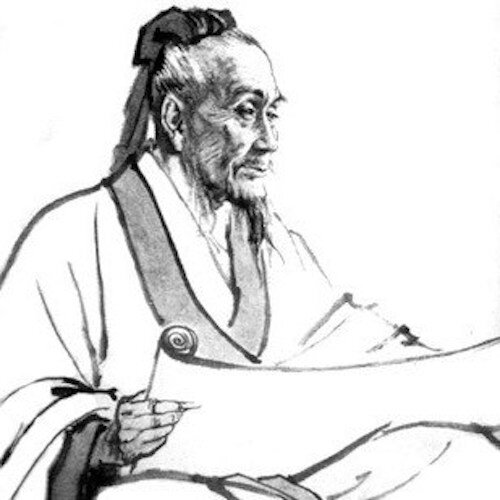


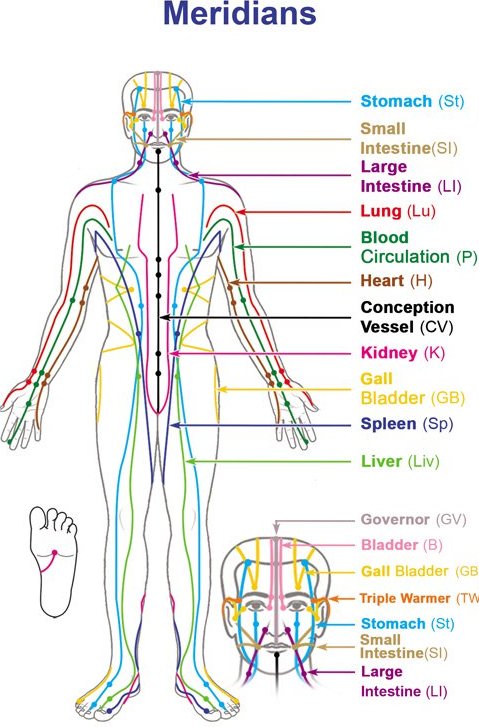
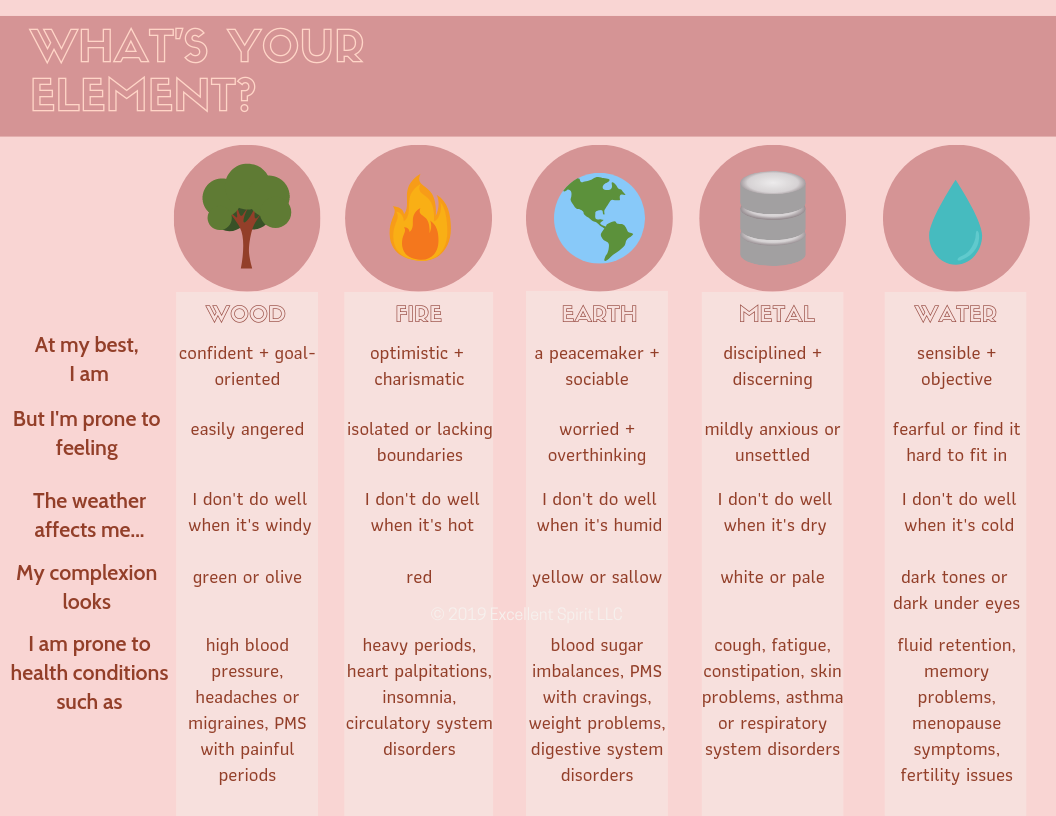 Pictured: The Five Element Theory traits and characteristics Source:
Pictured: The Five Element Theory traits and characteristics Source: 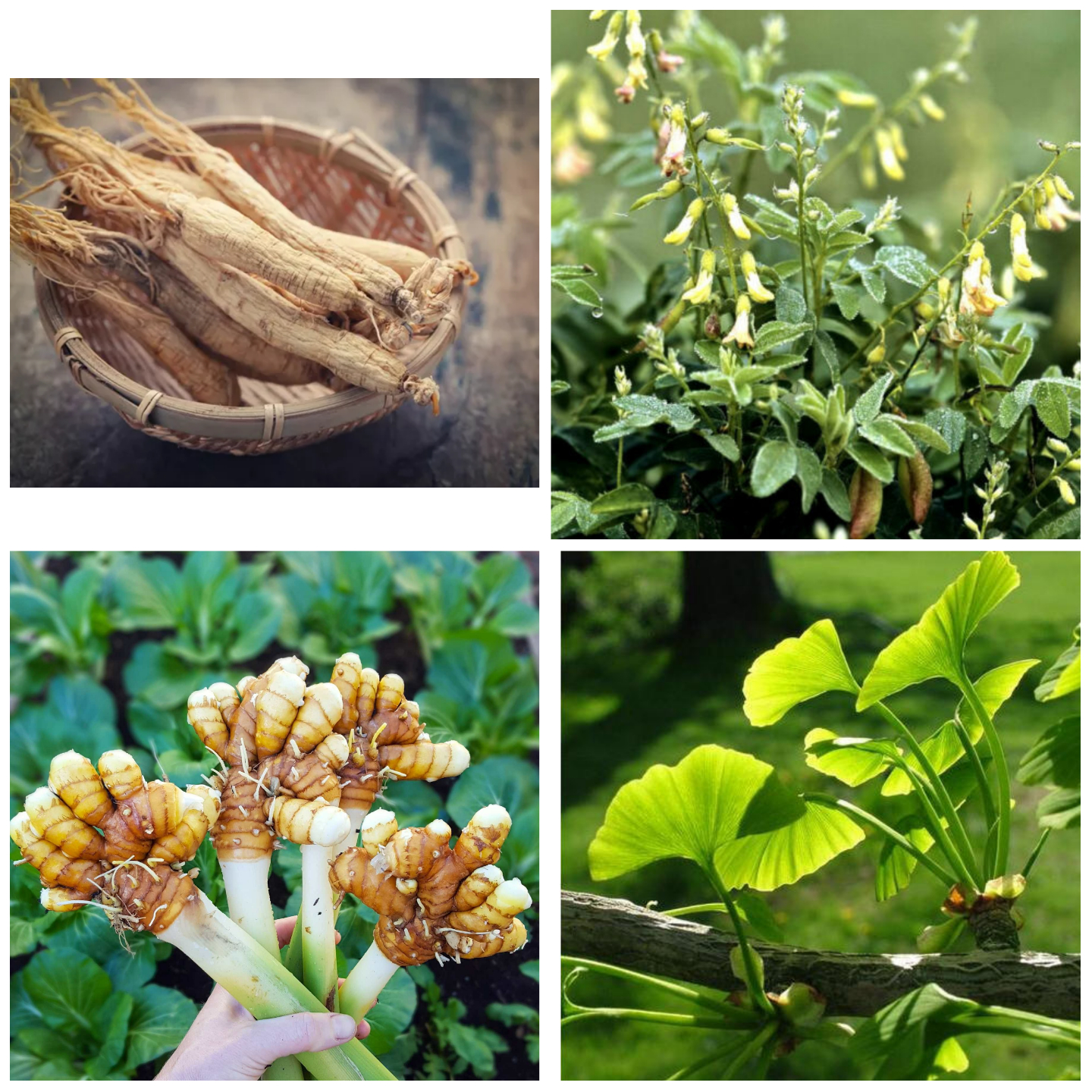

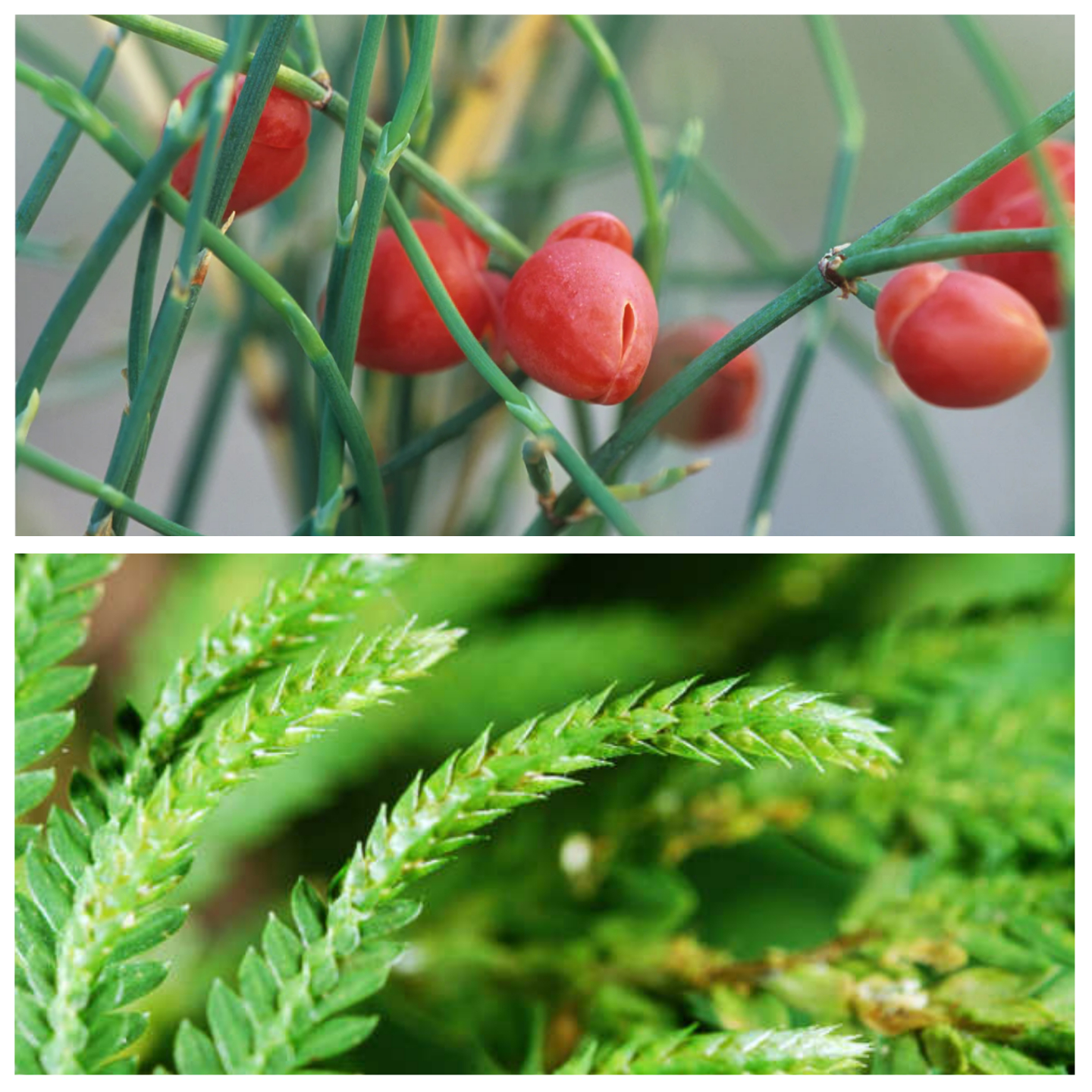 Pictured: Ma Huang; top (
Pictured: Ma Huang; top (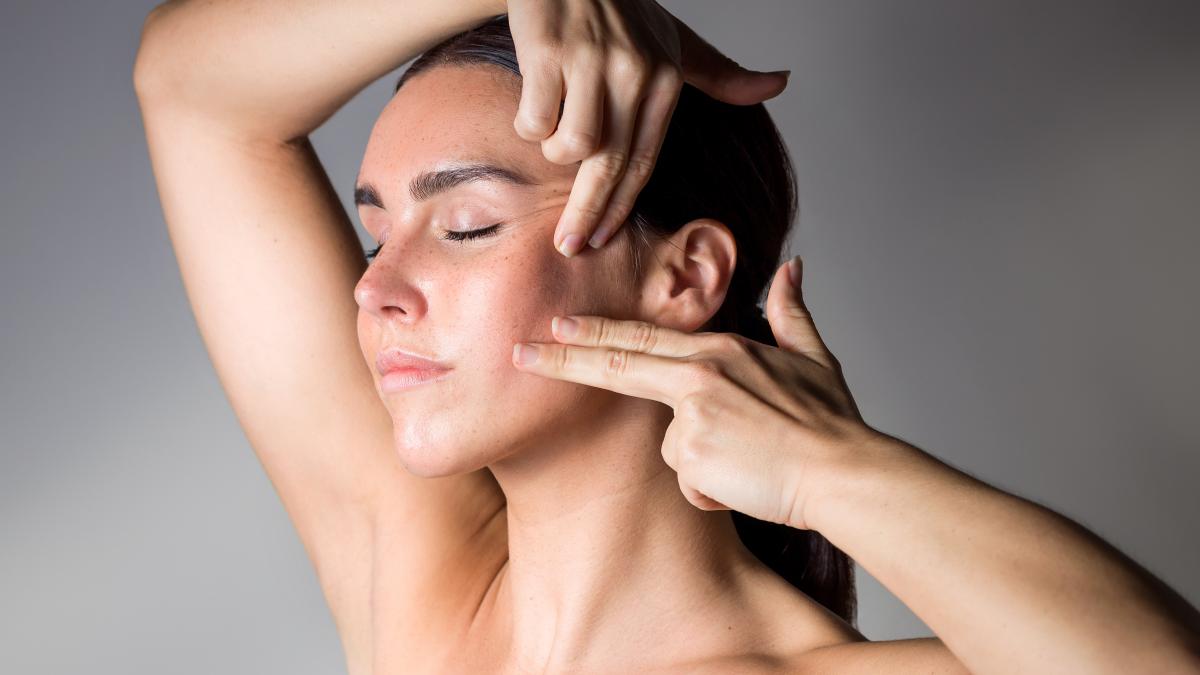
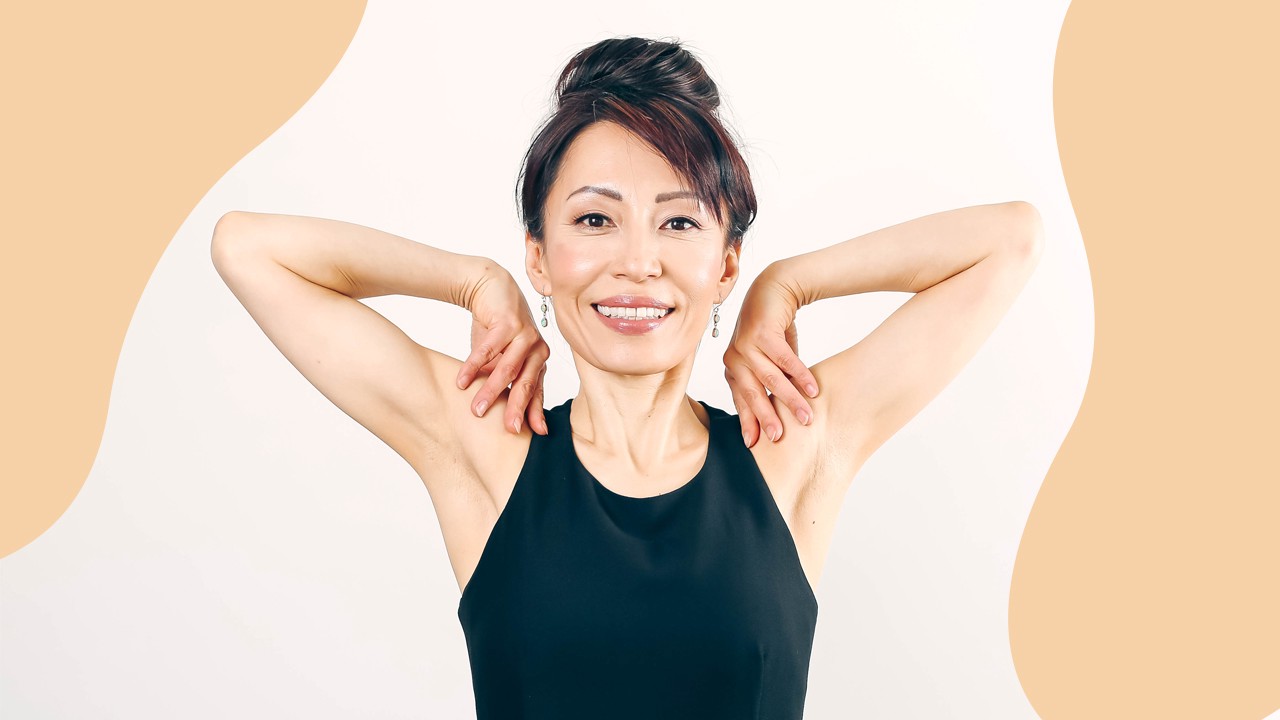

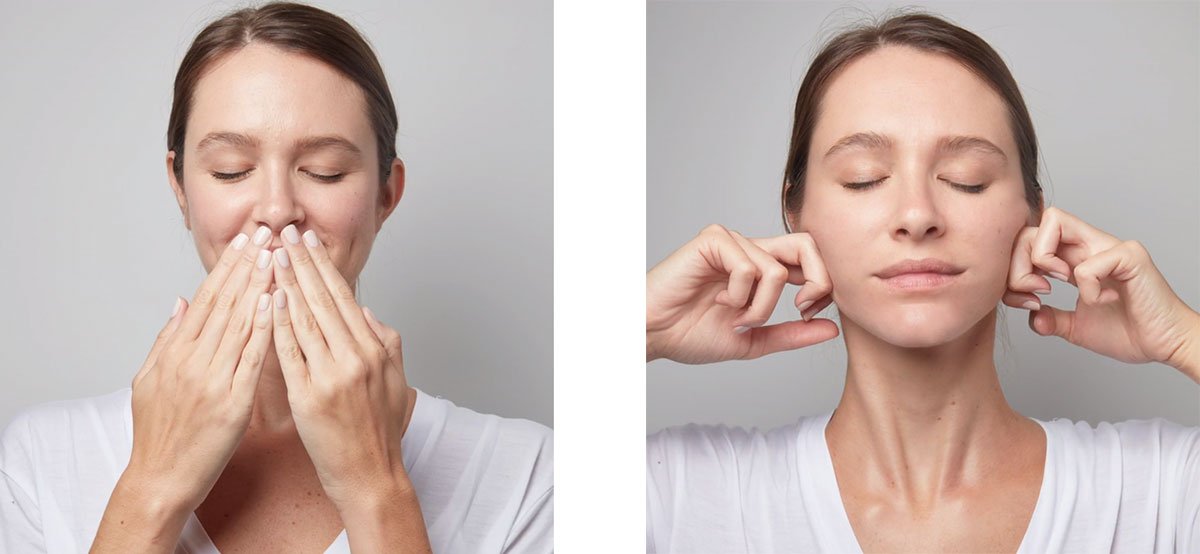
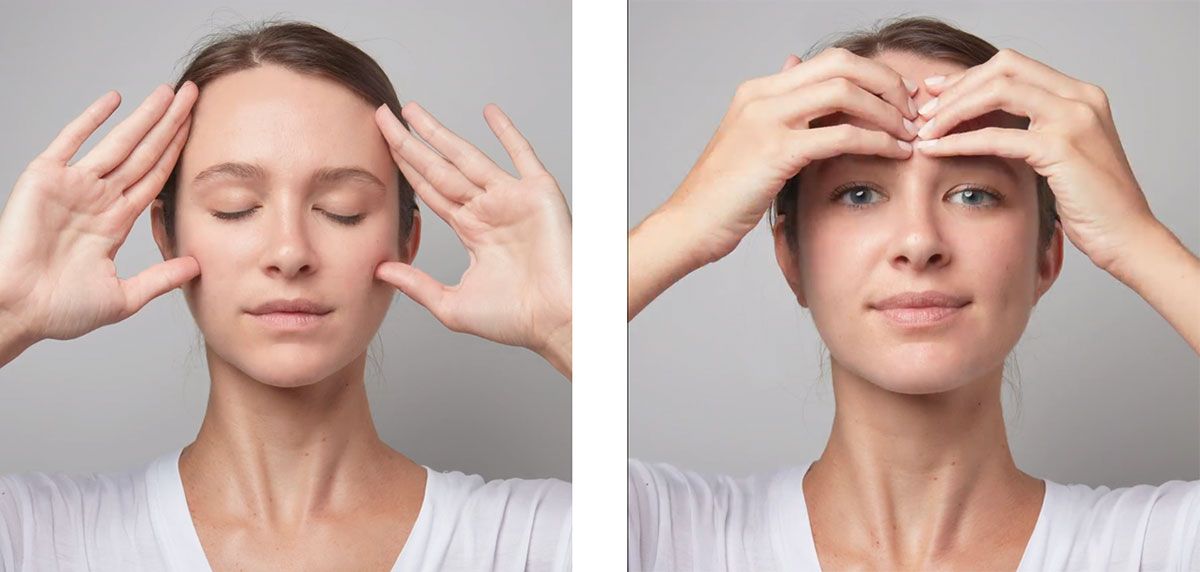
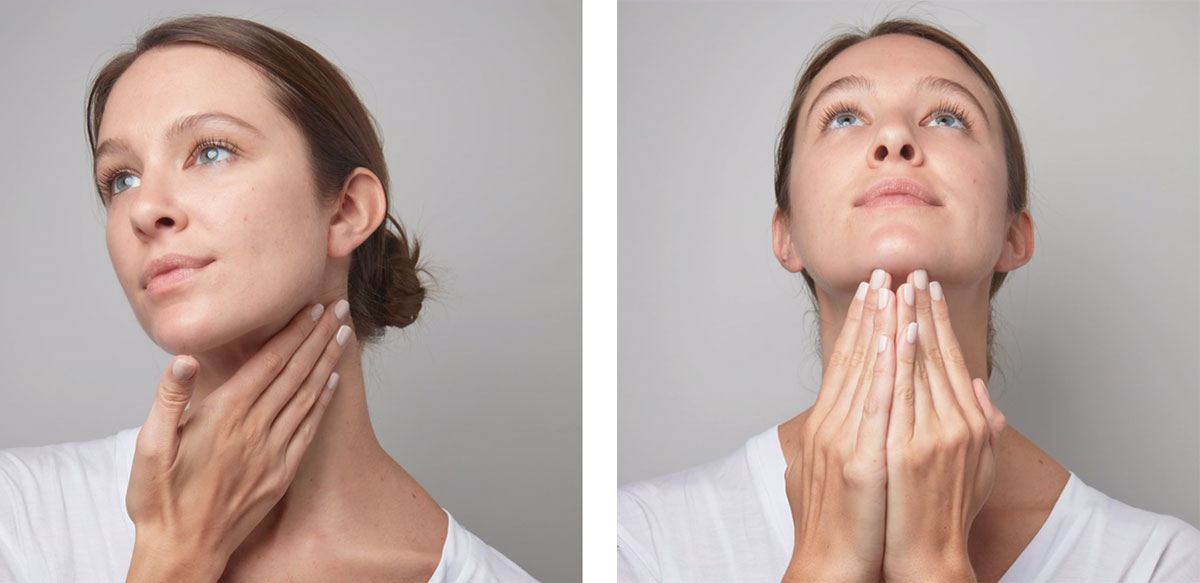
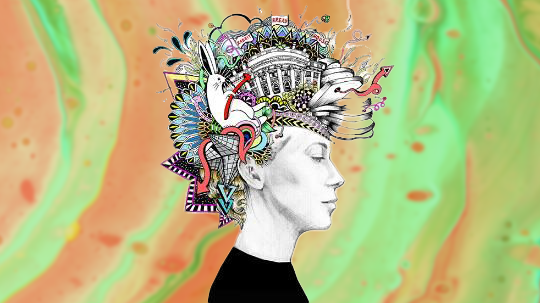
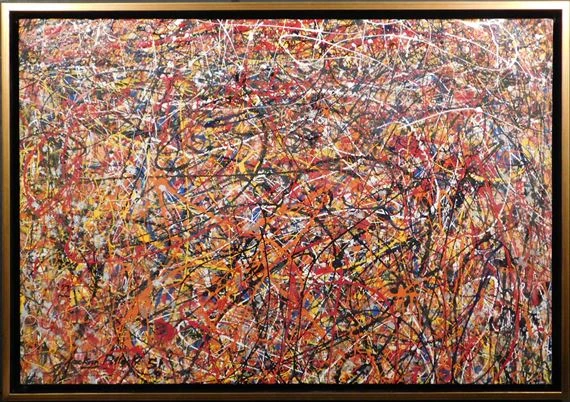
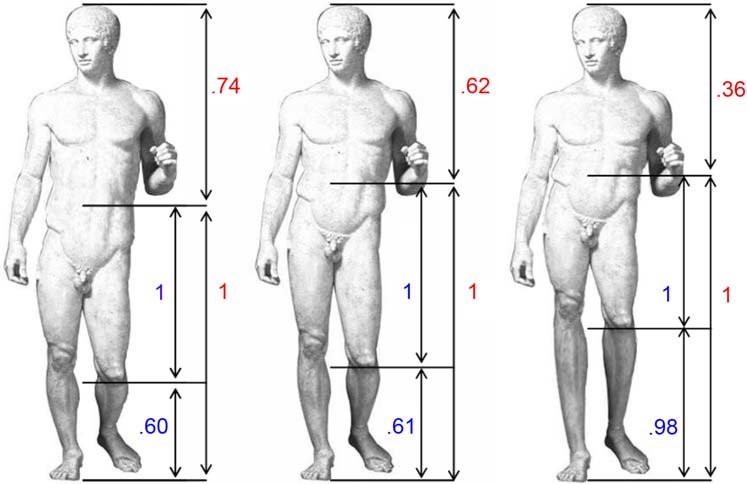

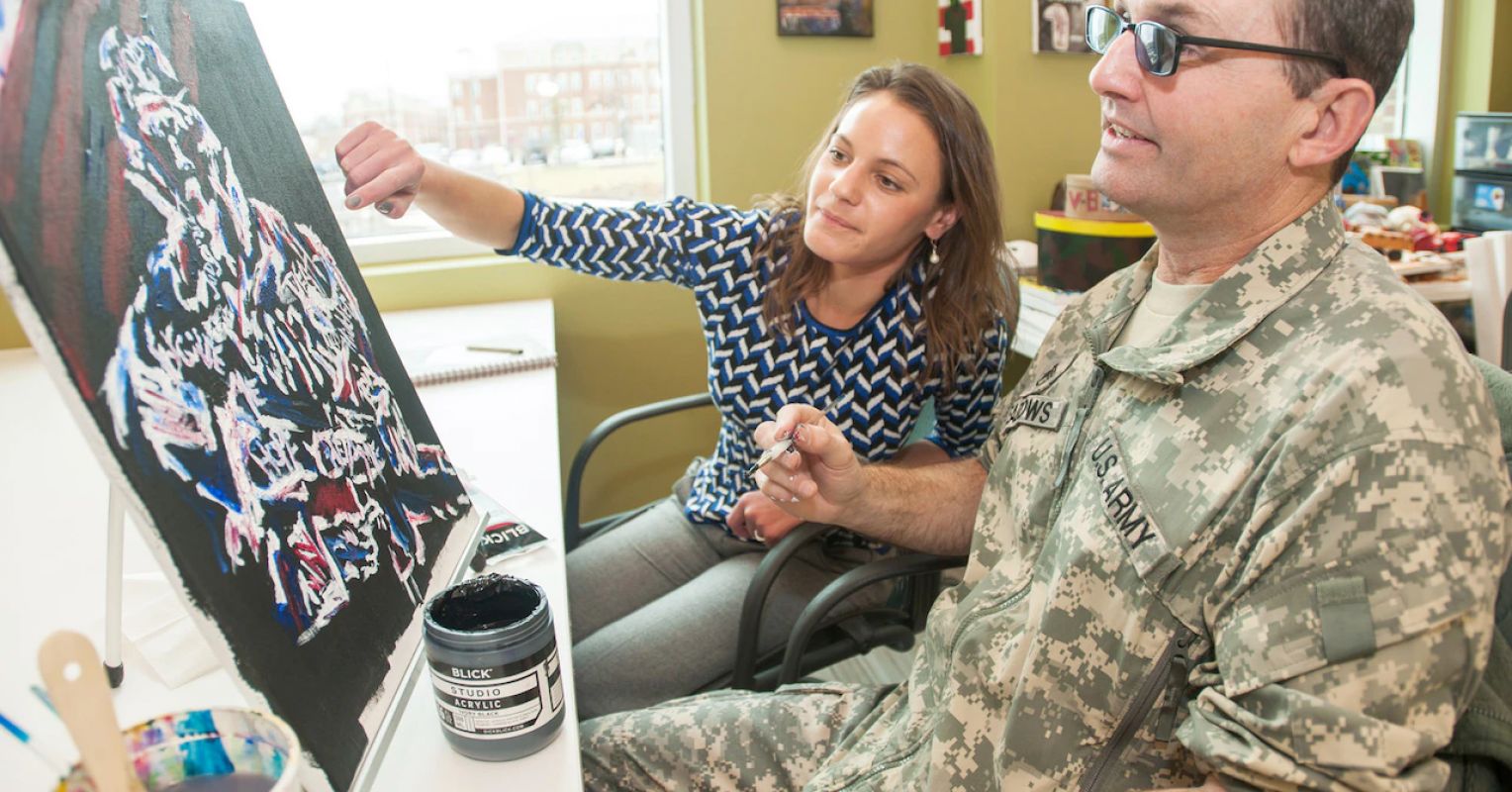
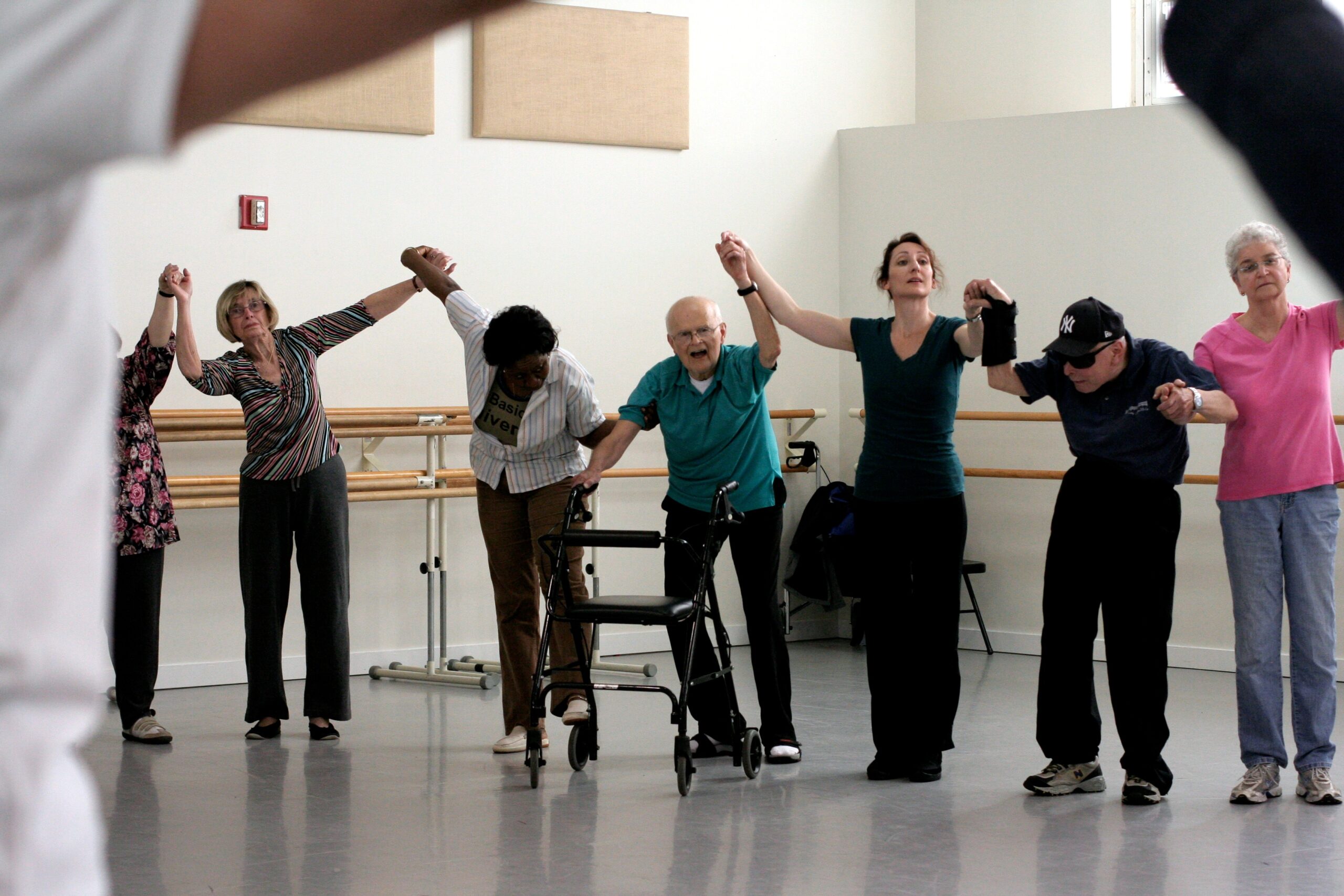


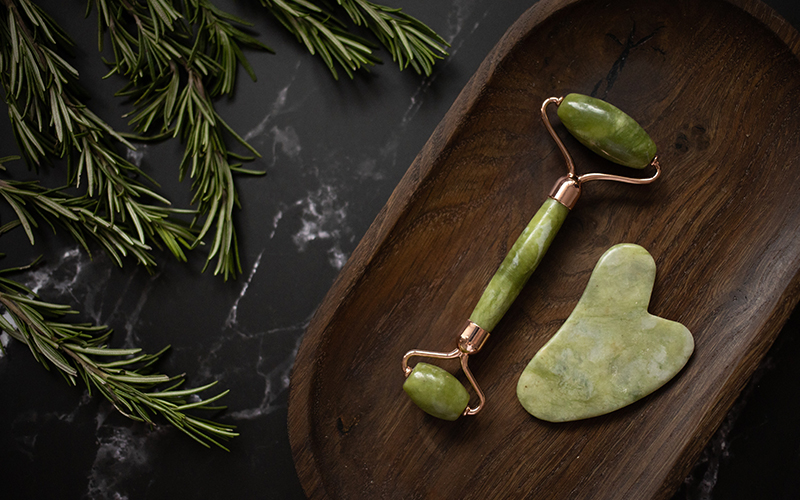
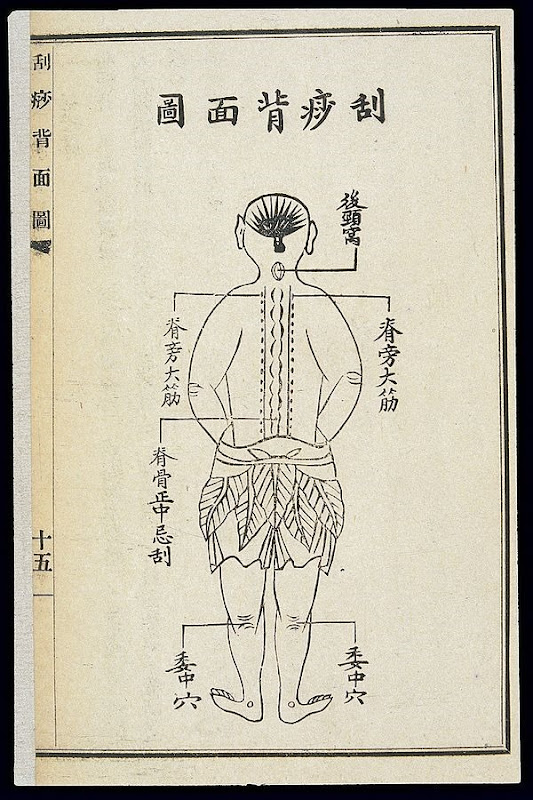
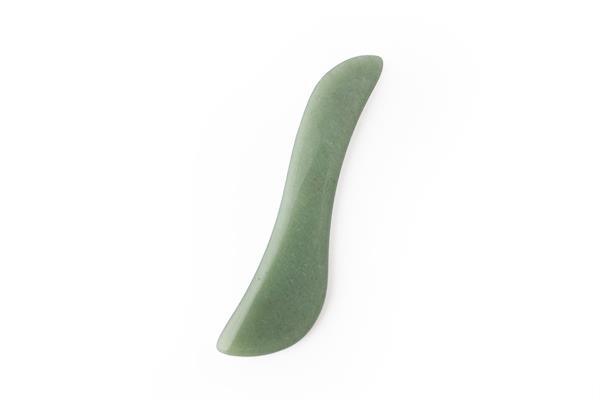


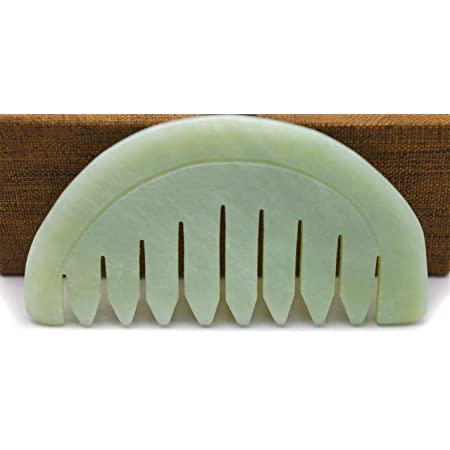
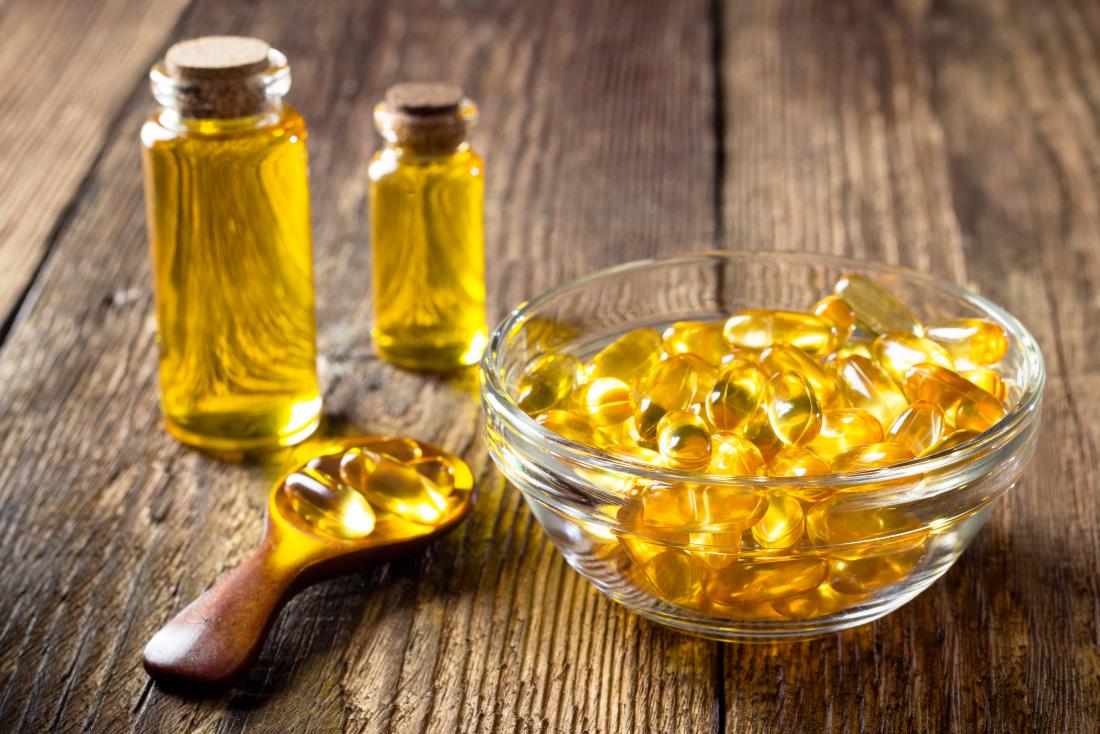
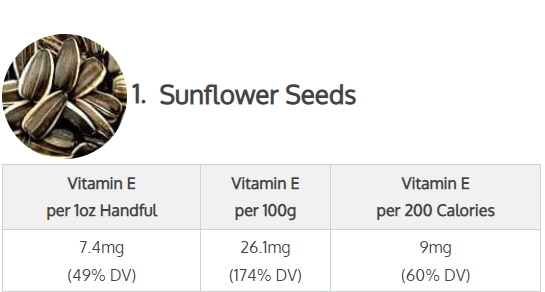


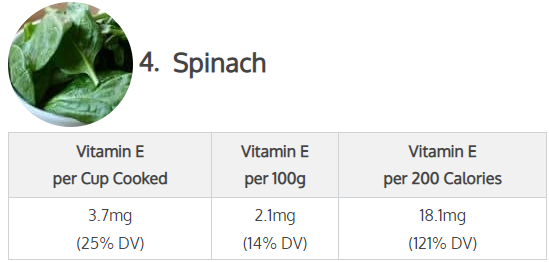
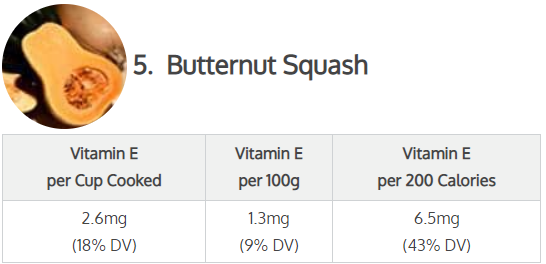
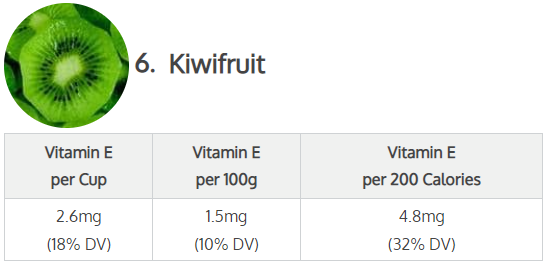

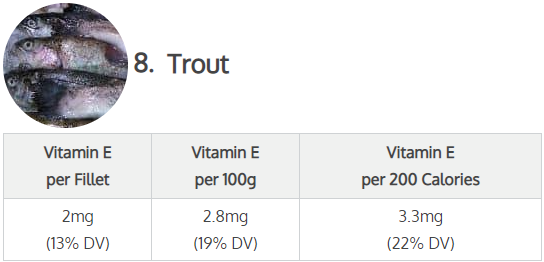
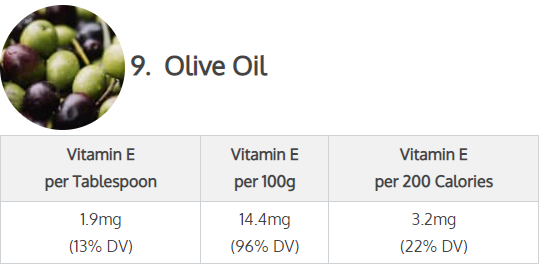
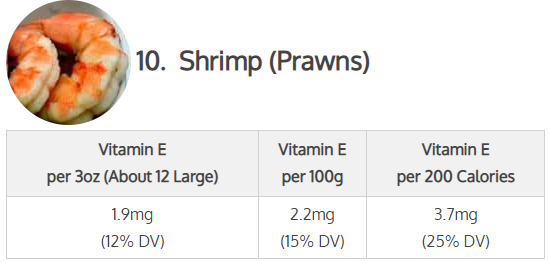

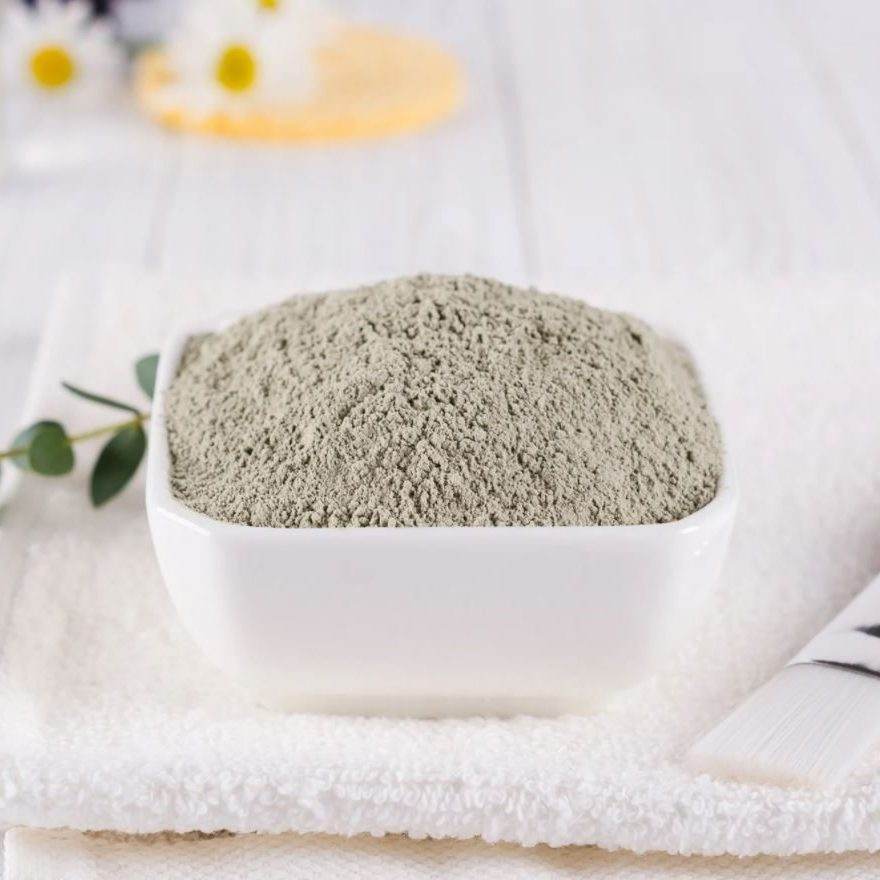
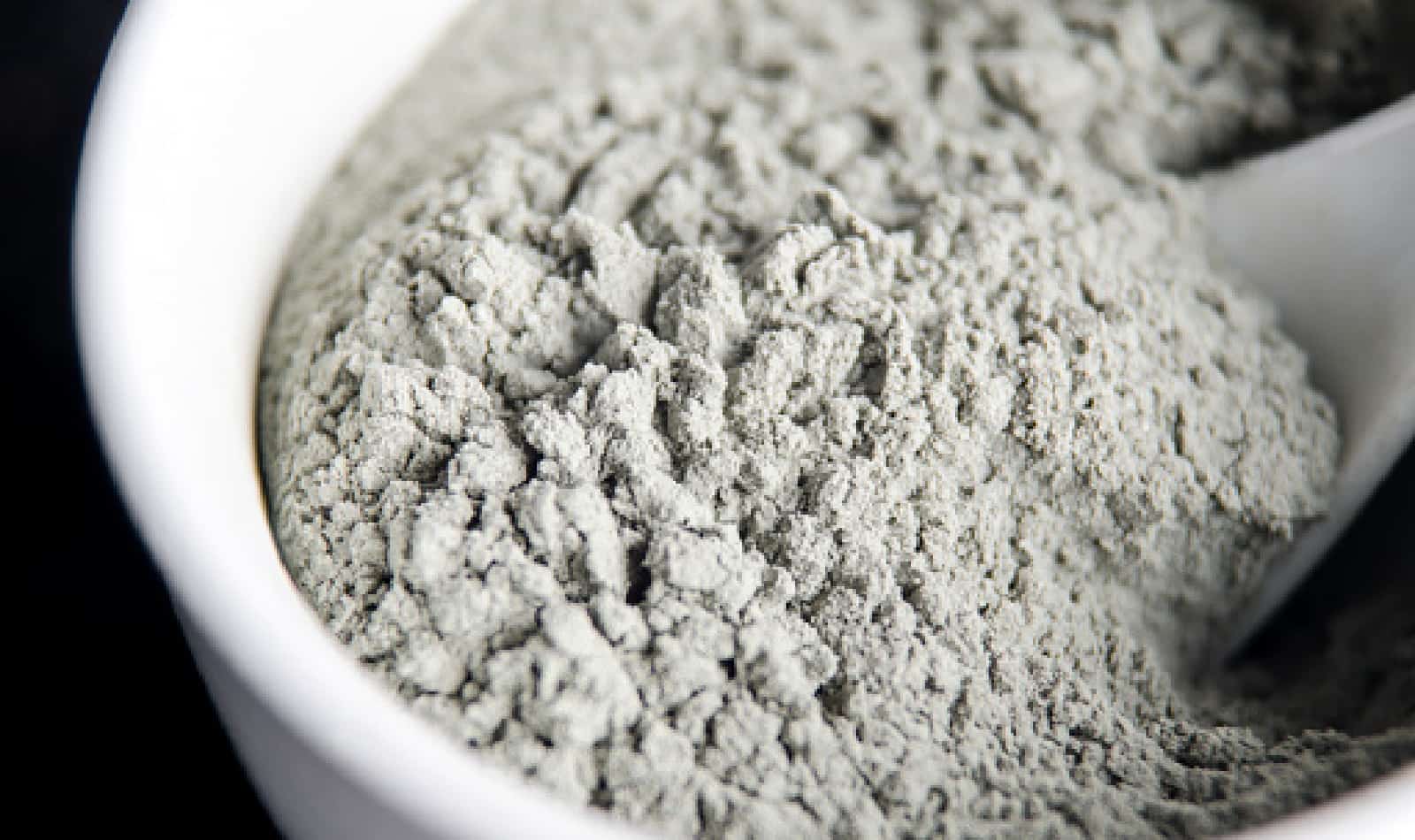
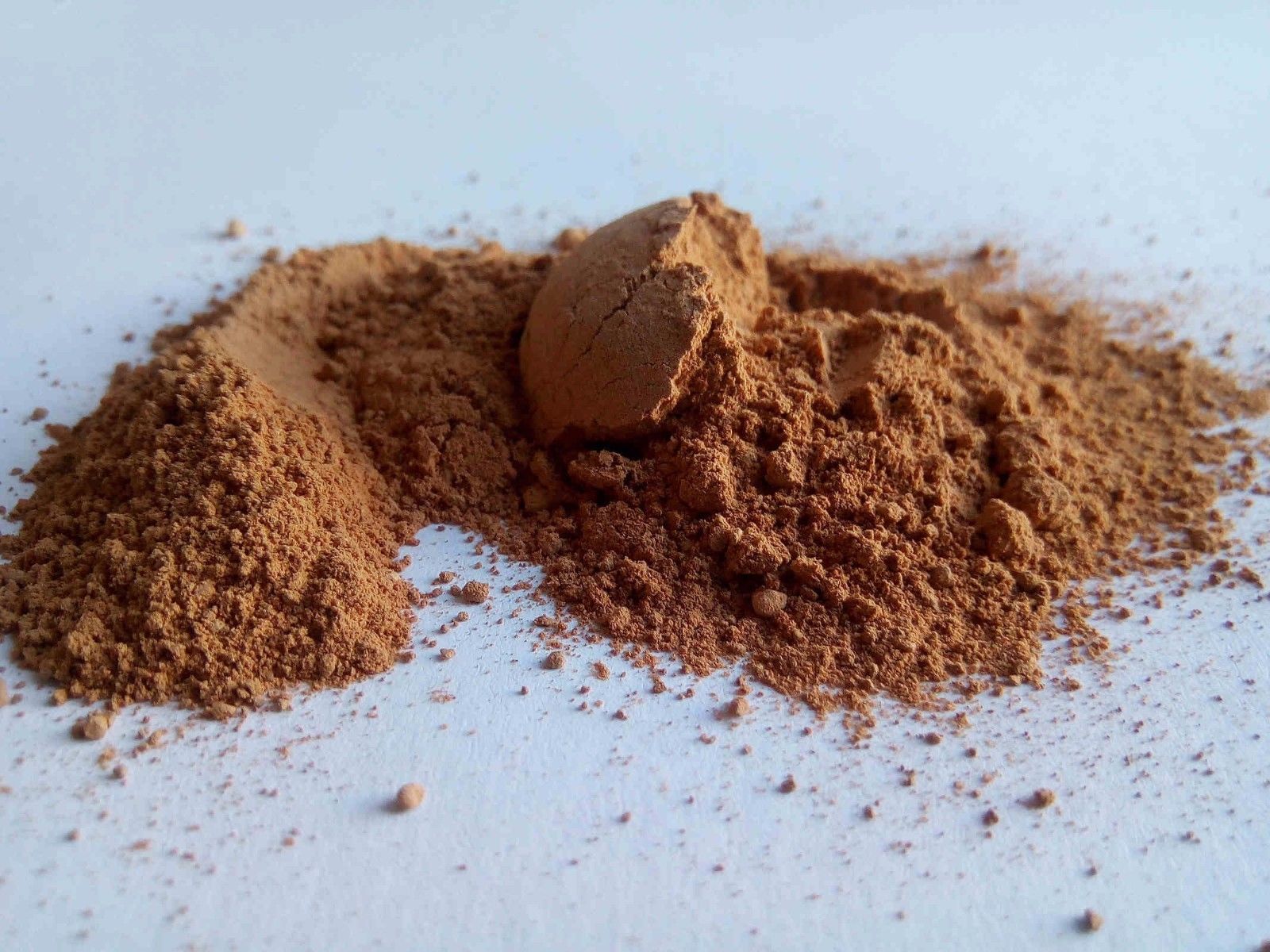
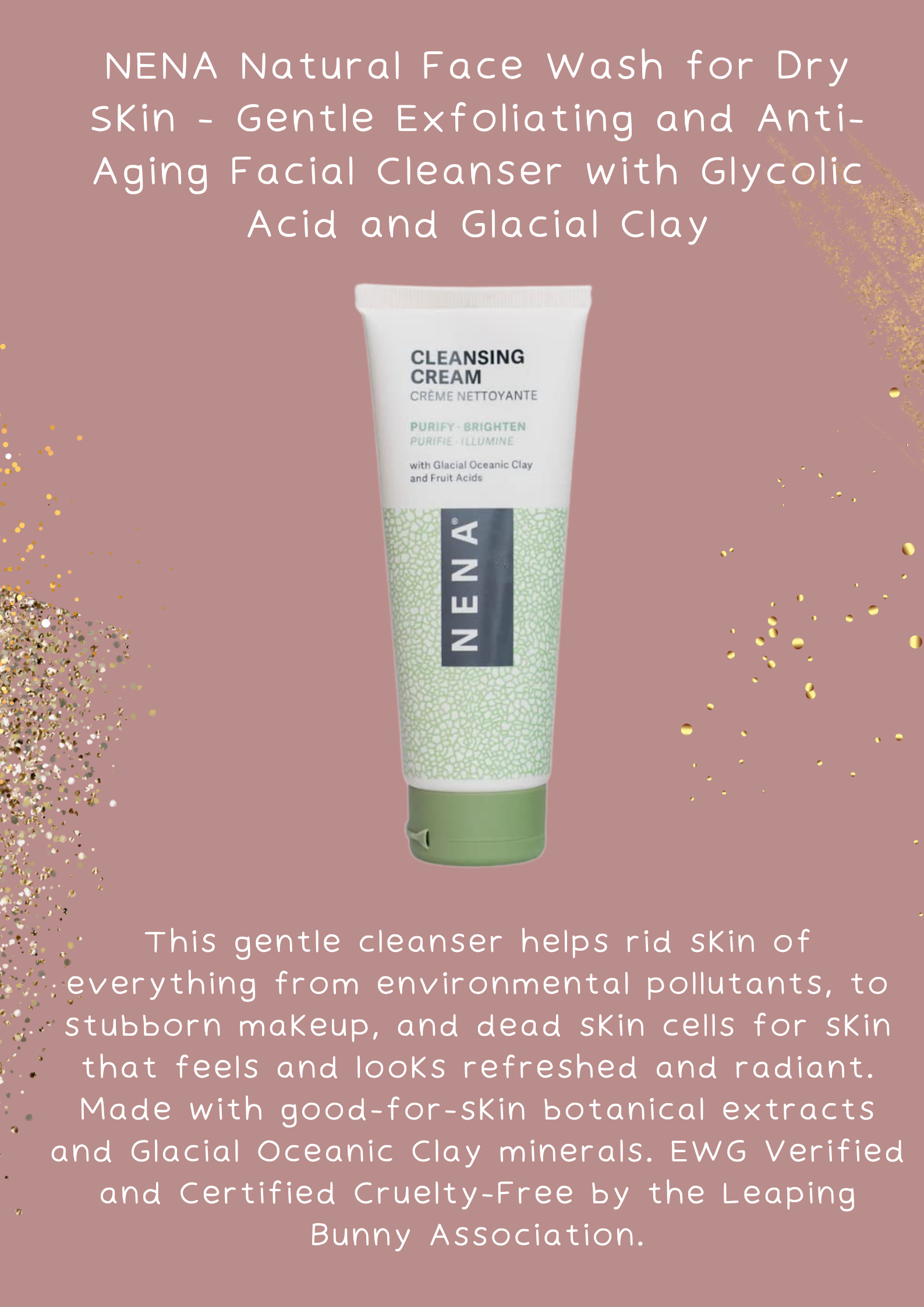
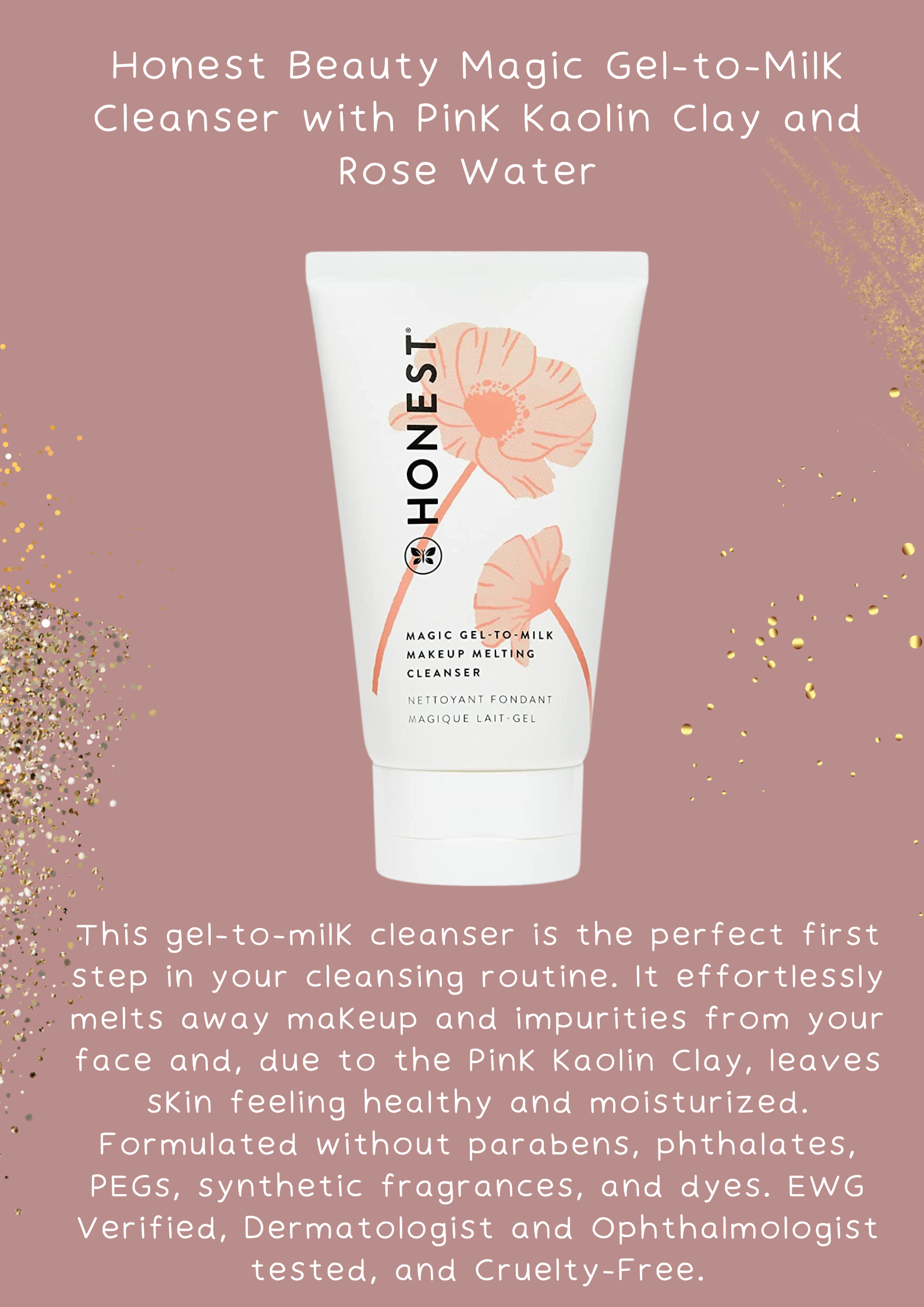

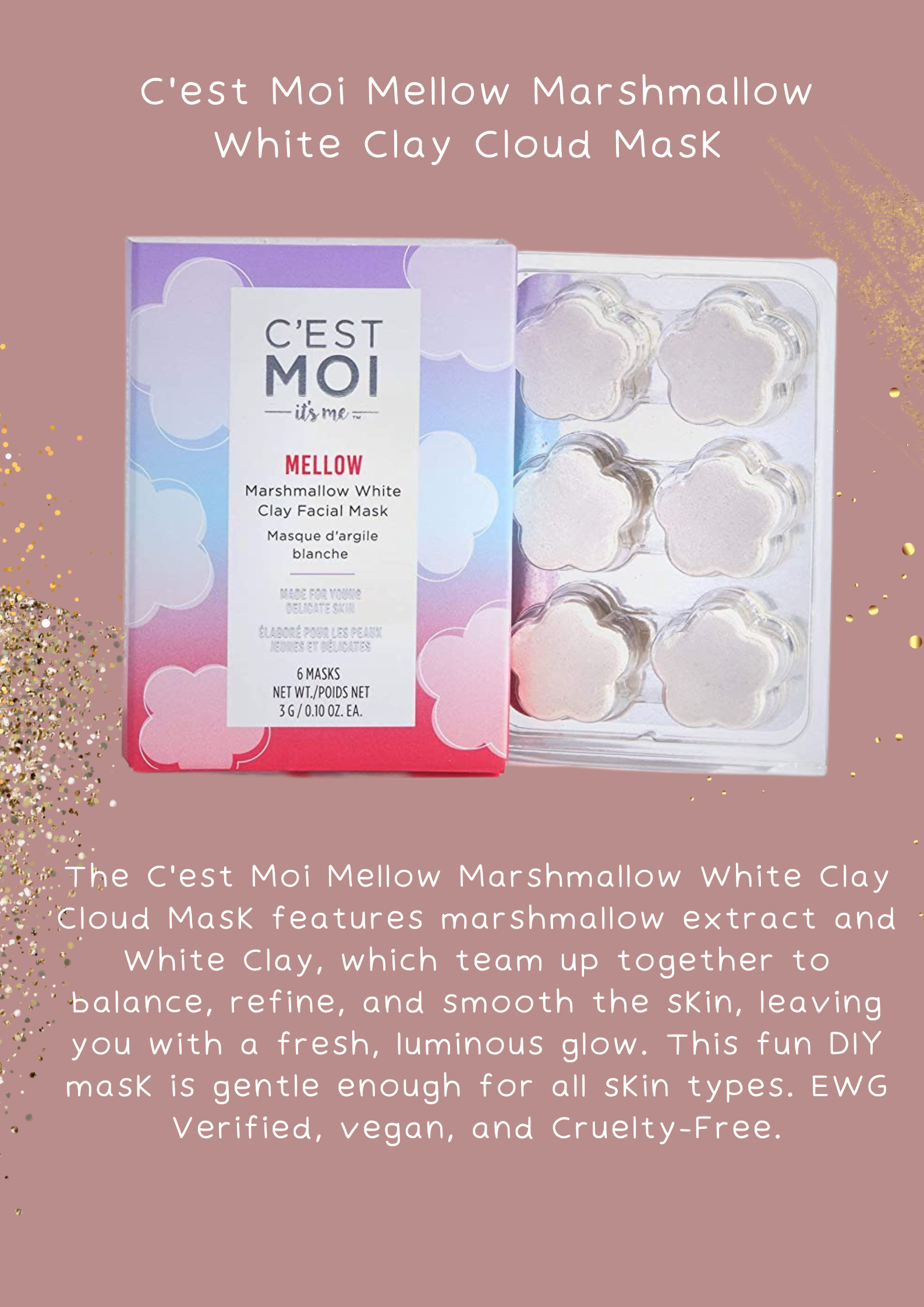
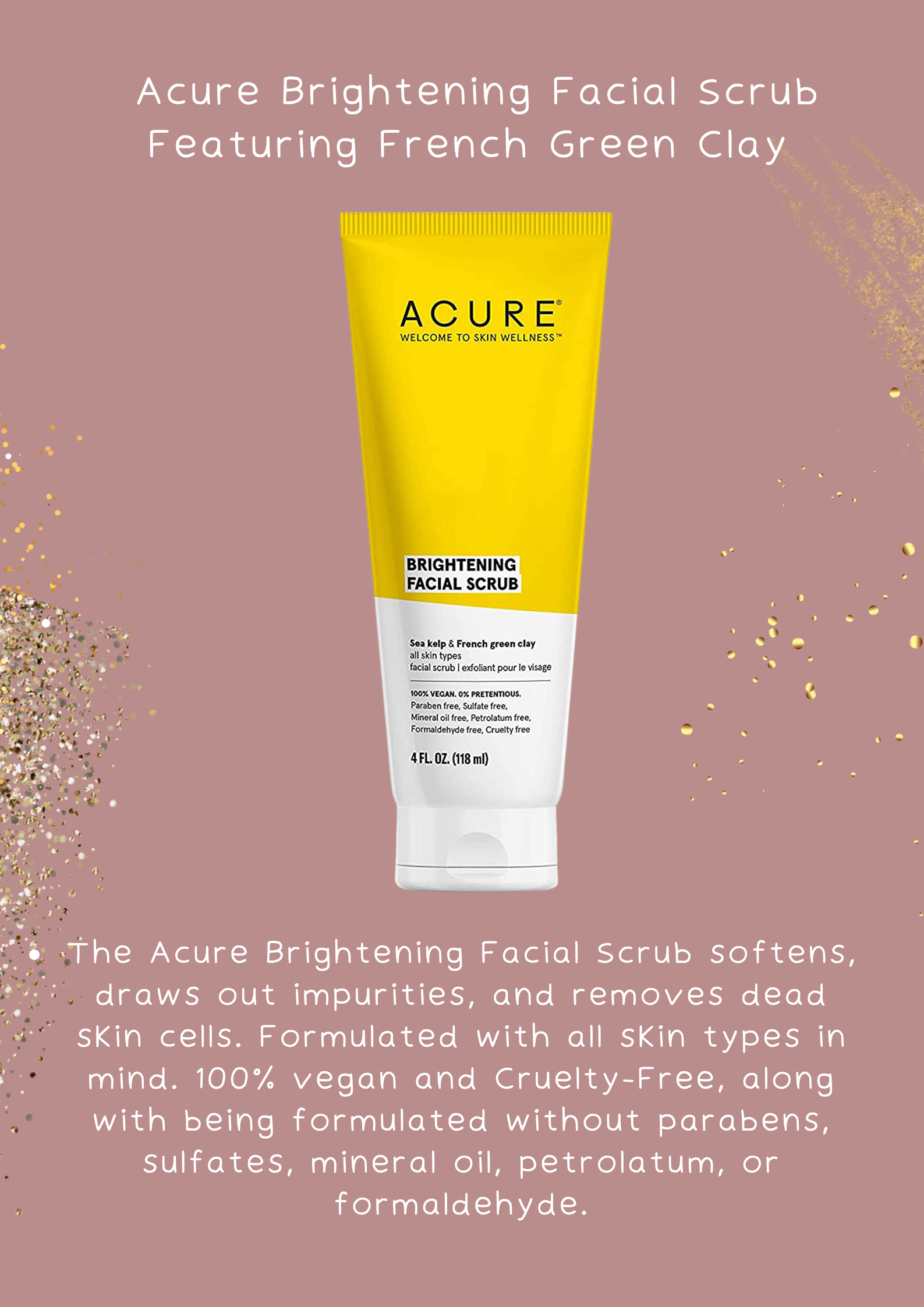

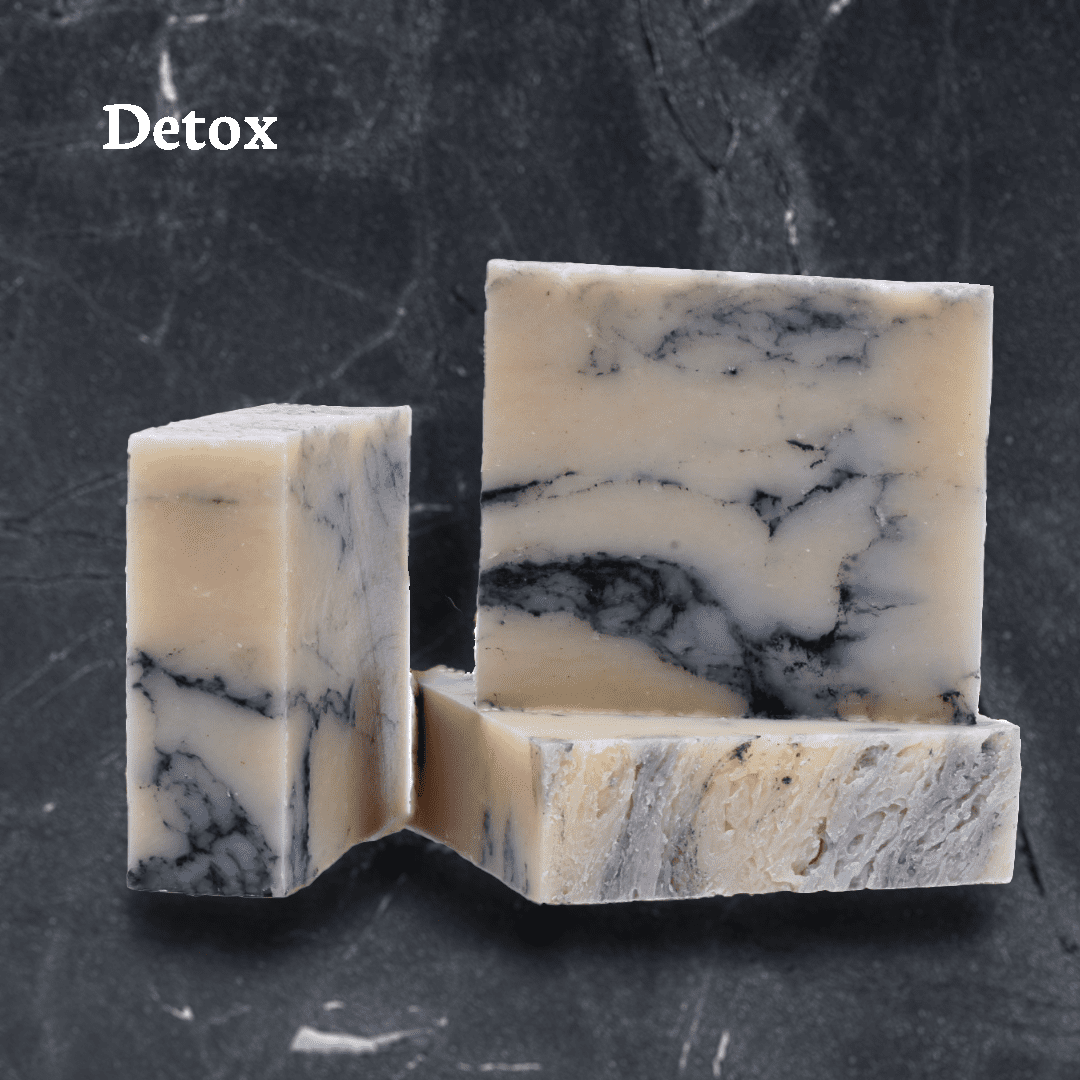 The Humanist Beauty
The Humanist Beauty 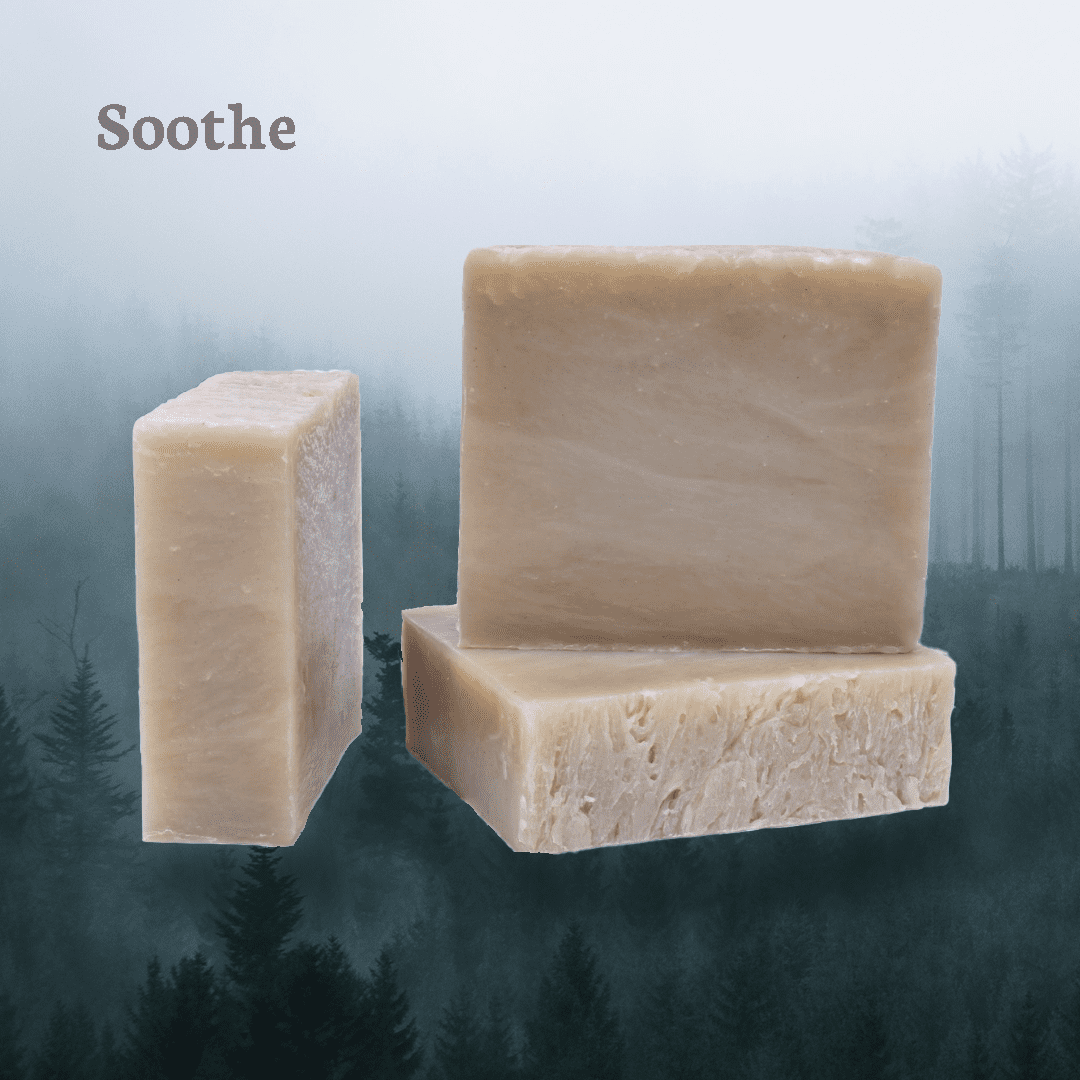

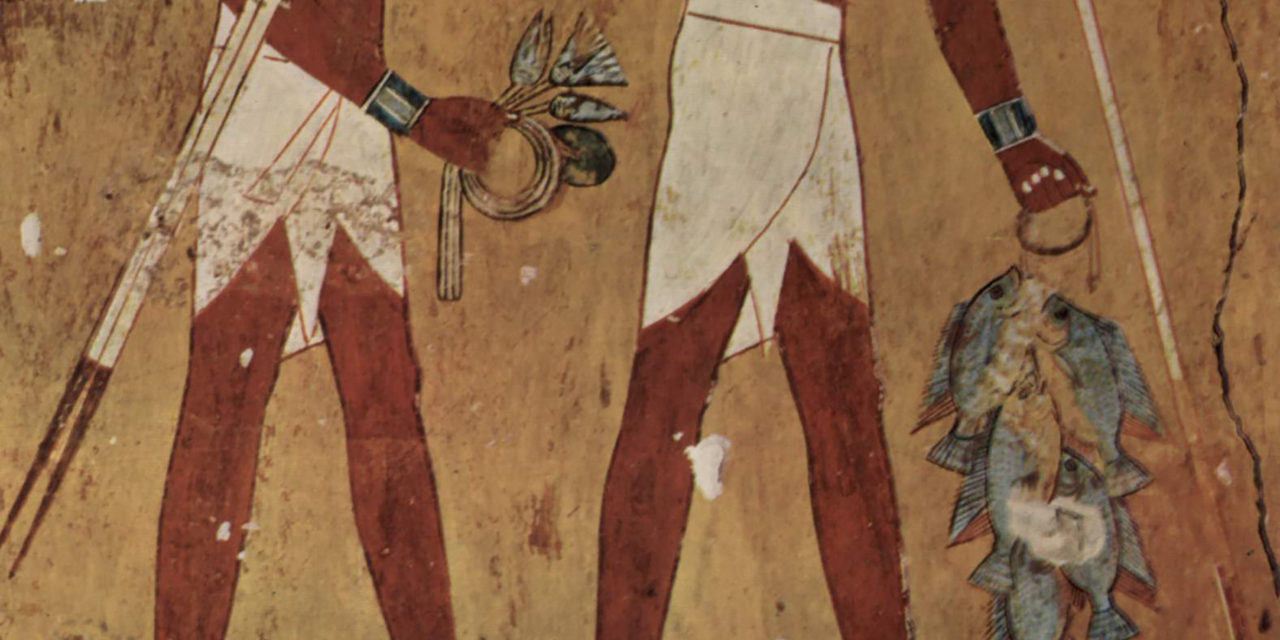

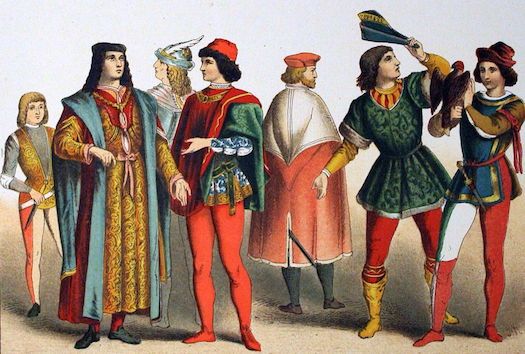
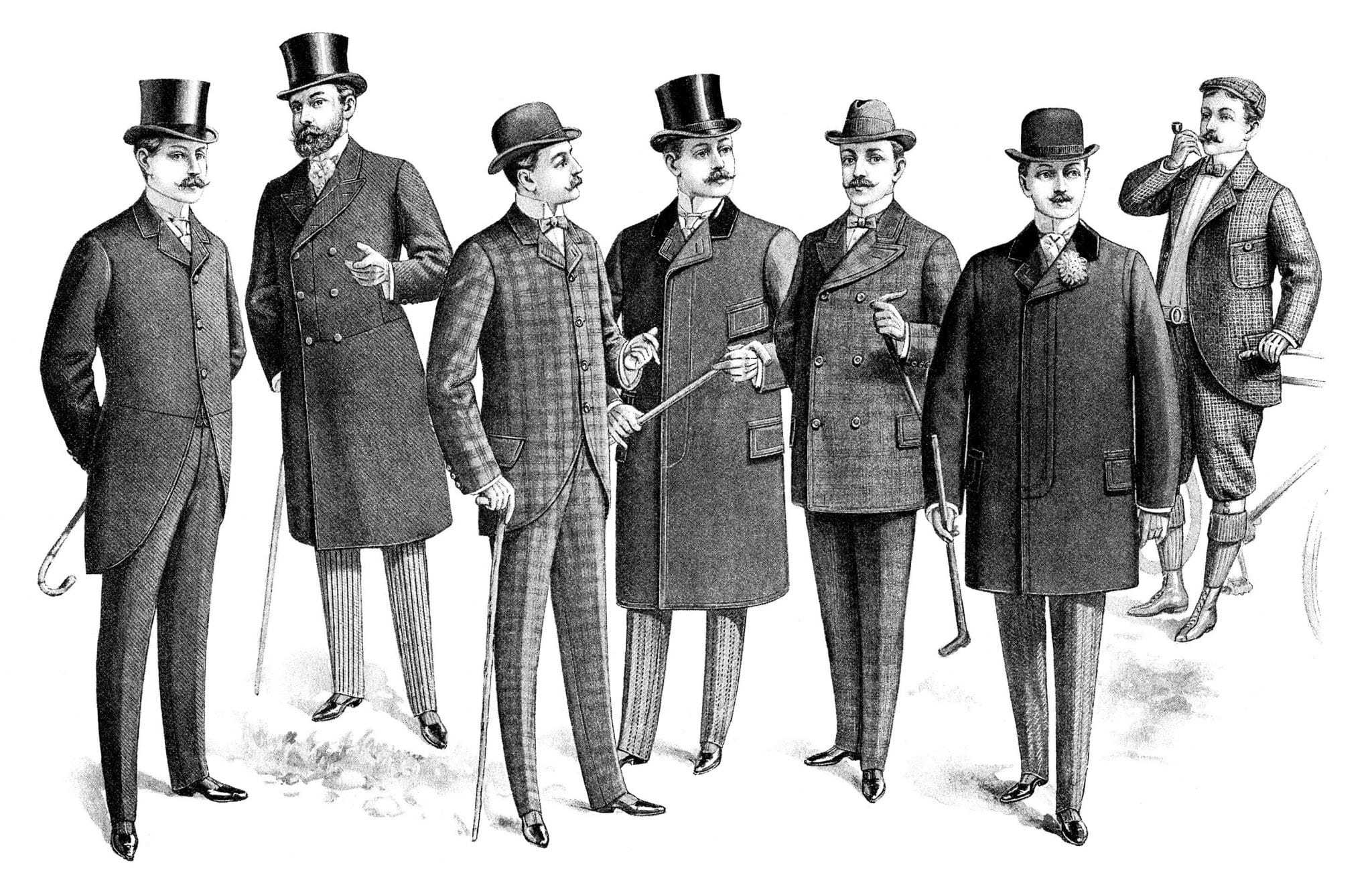
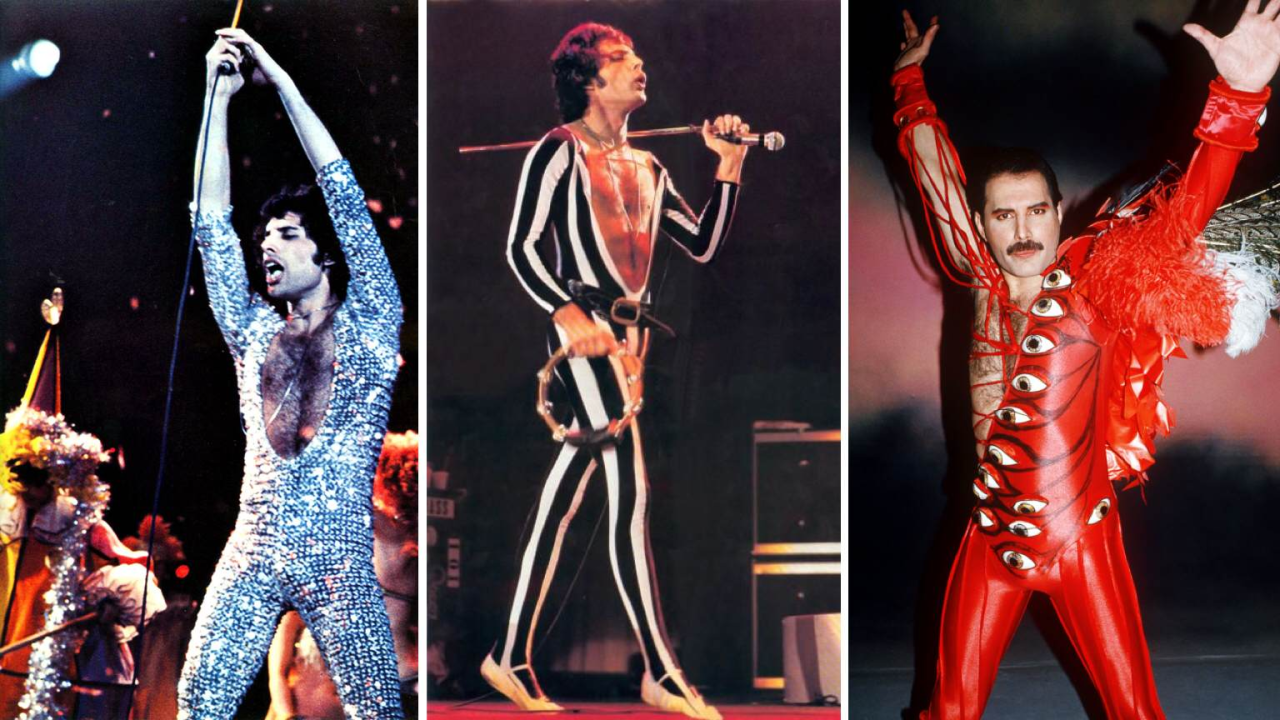
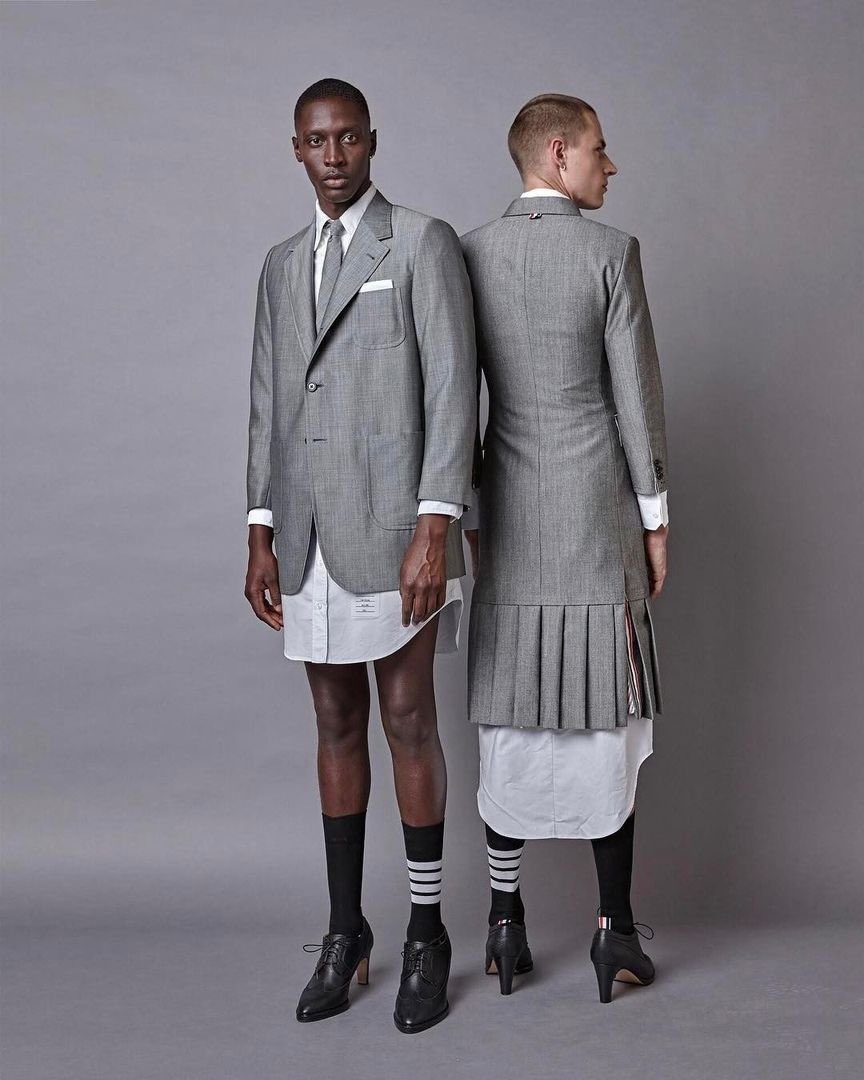







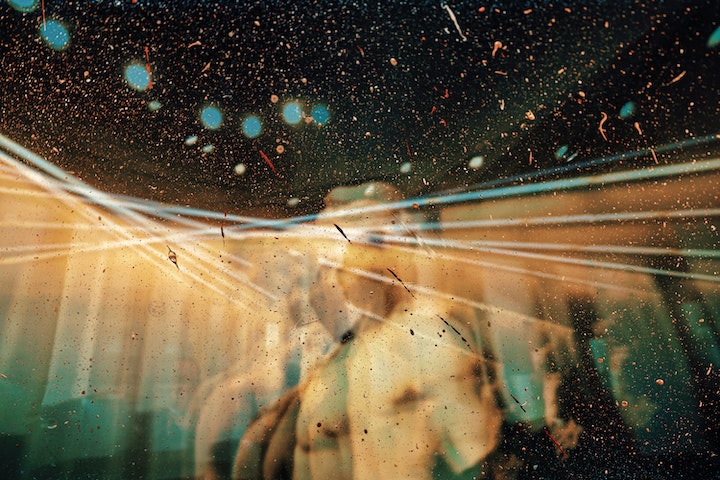


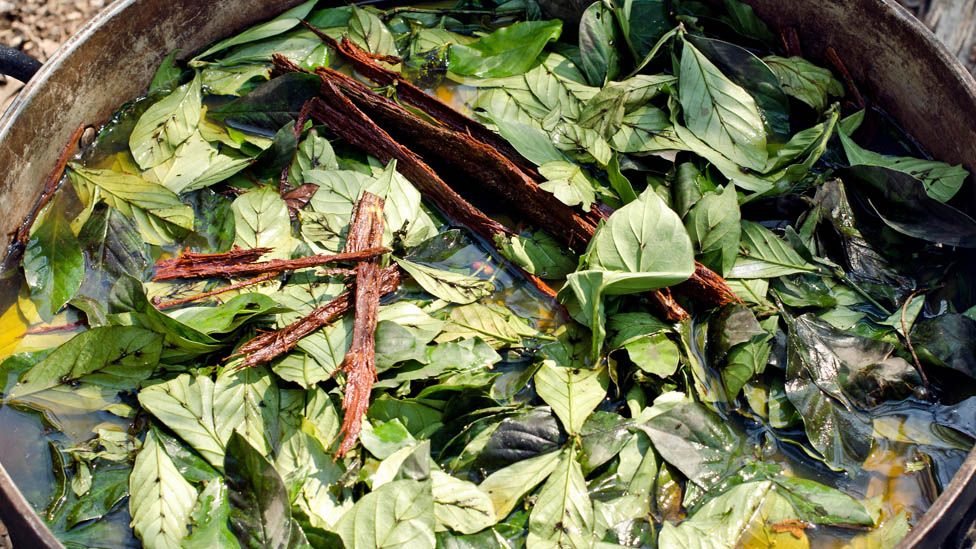


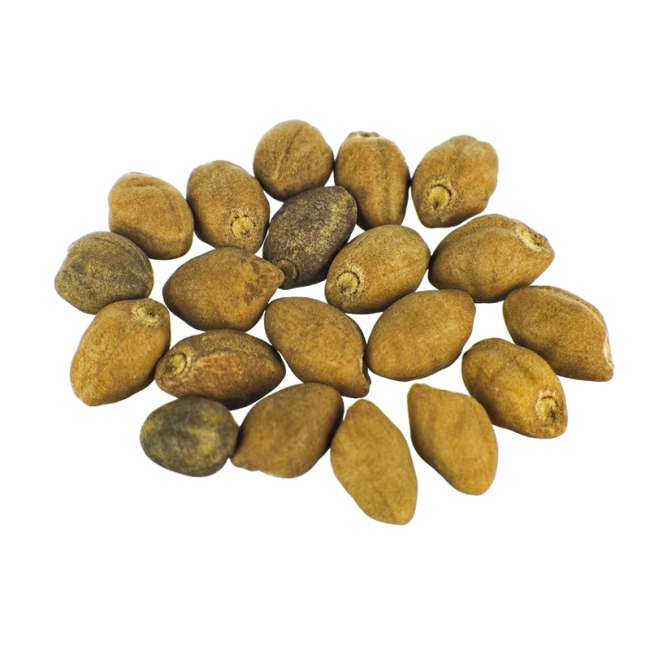
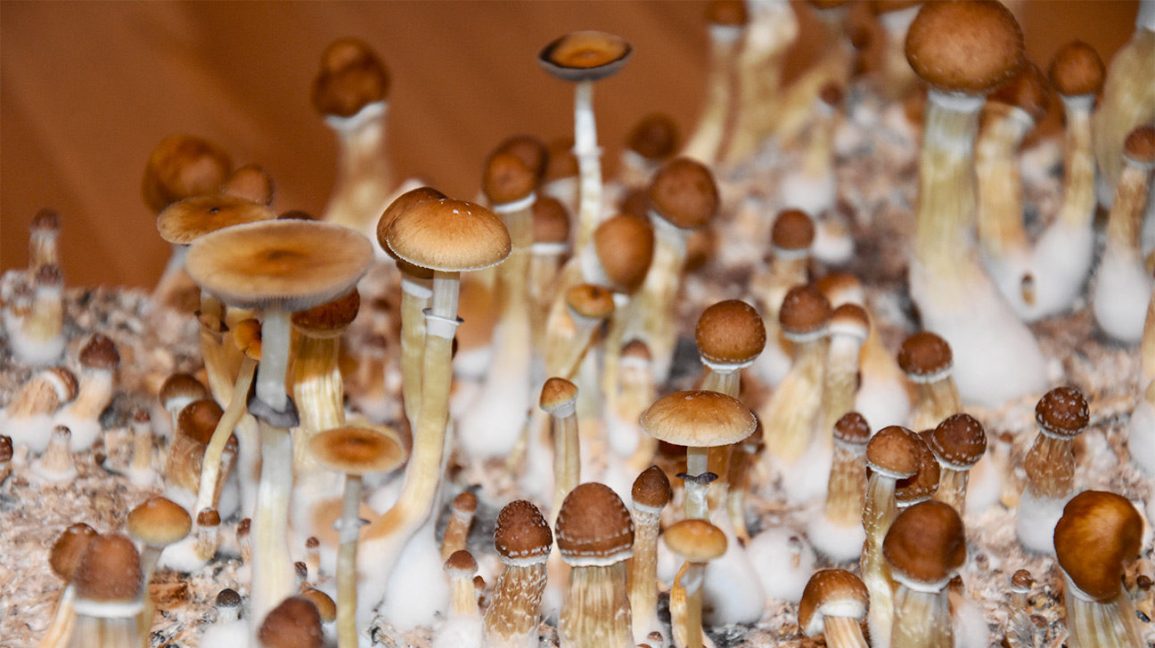
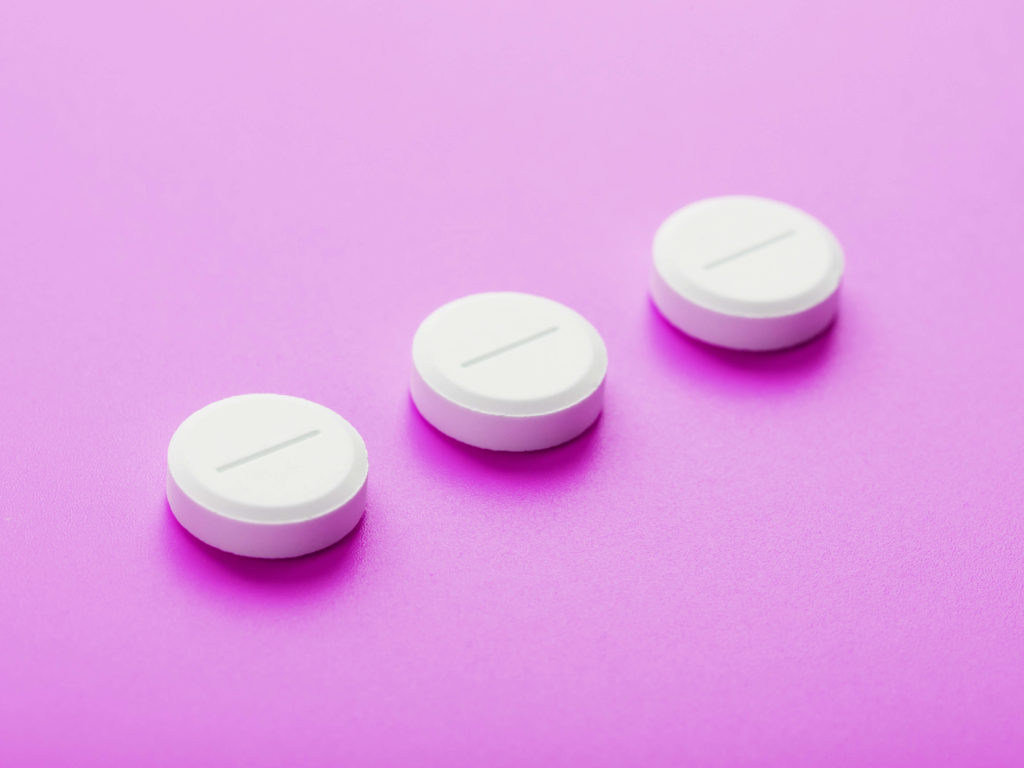
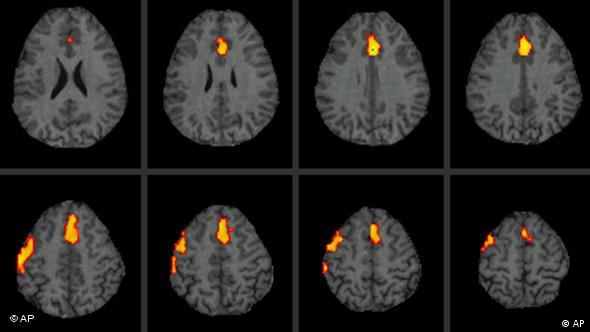
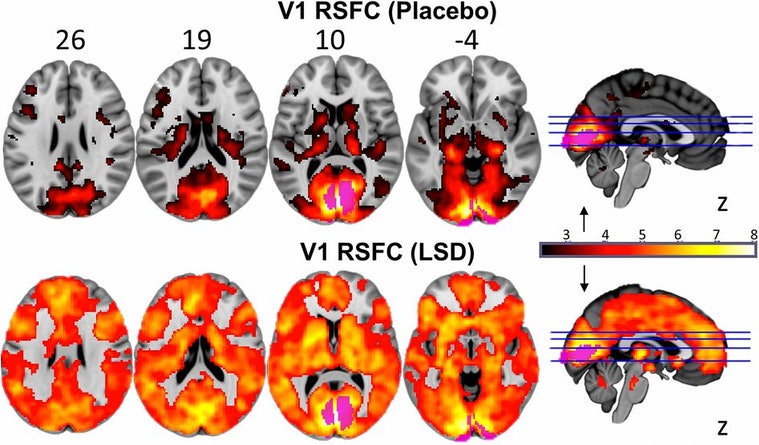
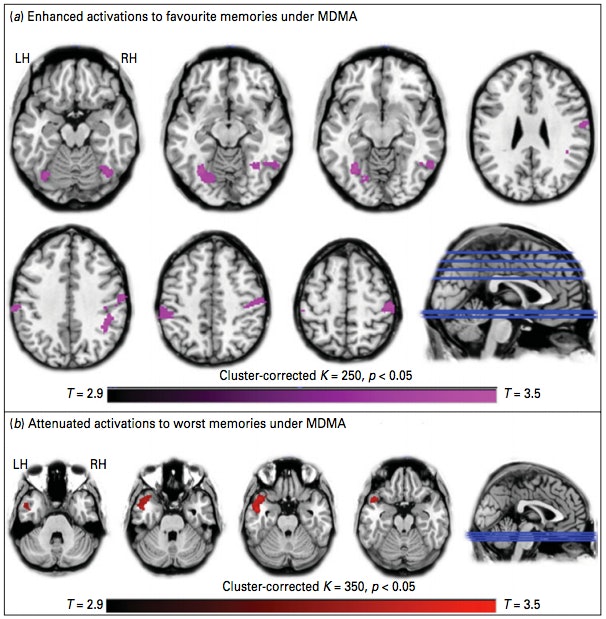
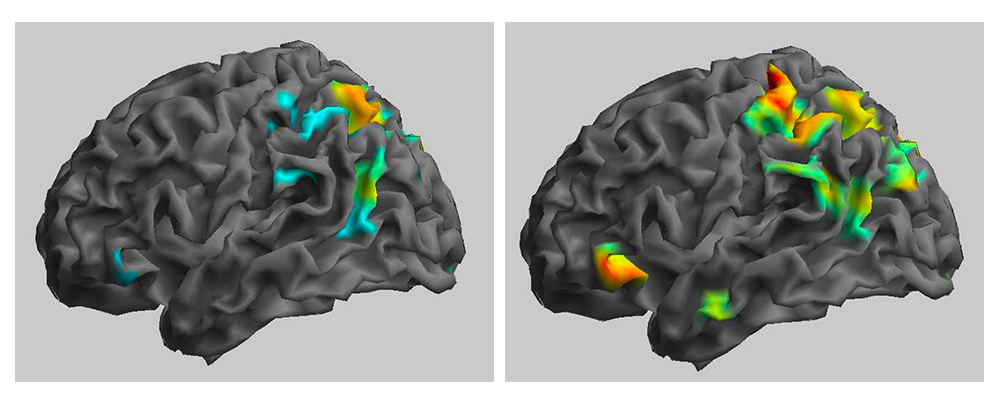
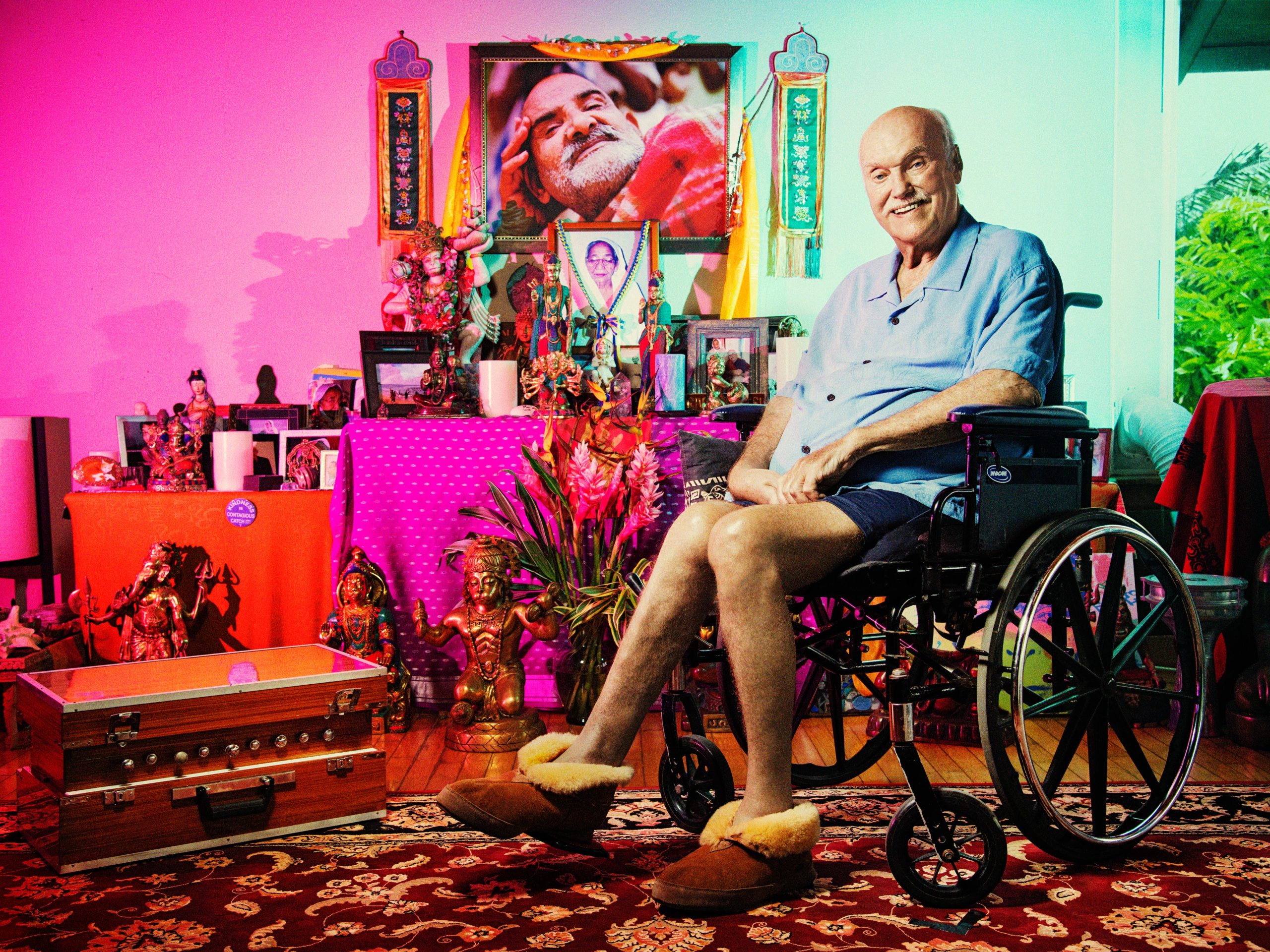

 To shop the CeraVe 100% Mineral
To shop the CeraVe 100% Mineral  To shop the Honest Beauty Calm On Foaming Cream Cleanser with Hyaluronic Acid + Phytosterols and Phospholipids + Amino Acids, click
To shop the Honest Beauty Calm On Foaming Cream Cleanser with Hyaluronic Acid + Phytosterols and Phospholipids + Amino Acids, click 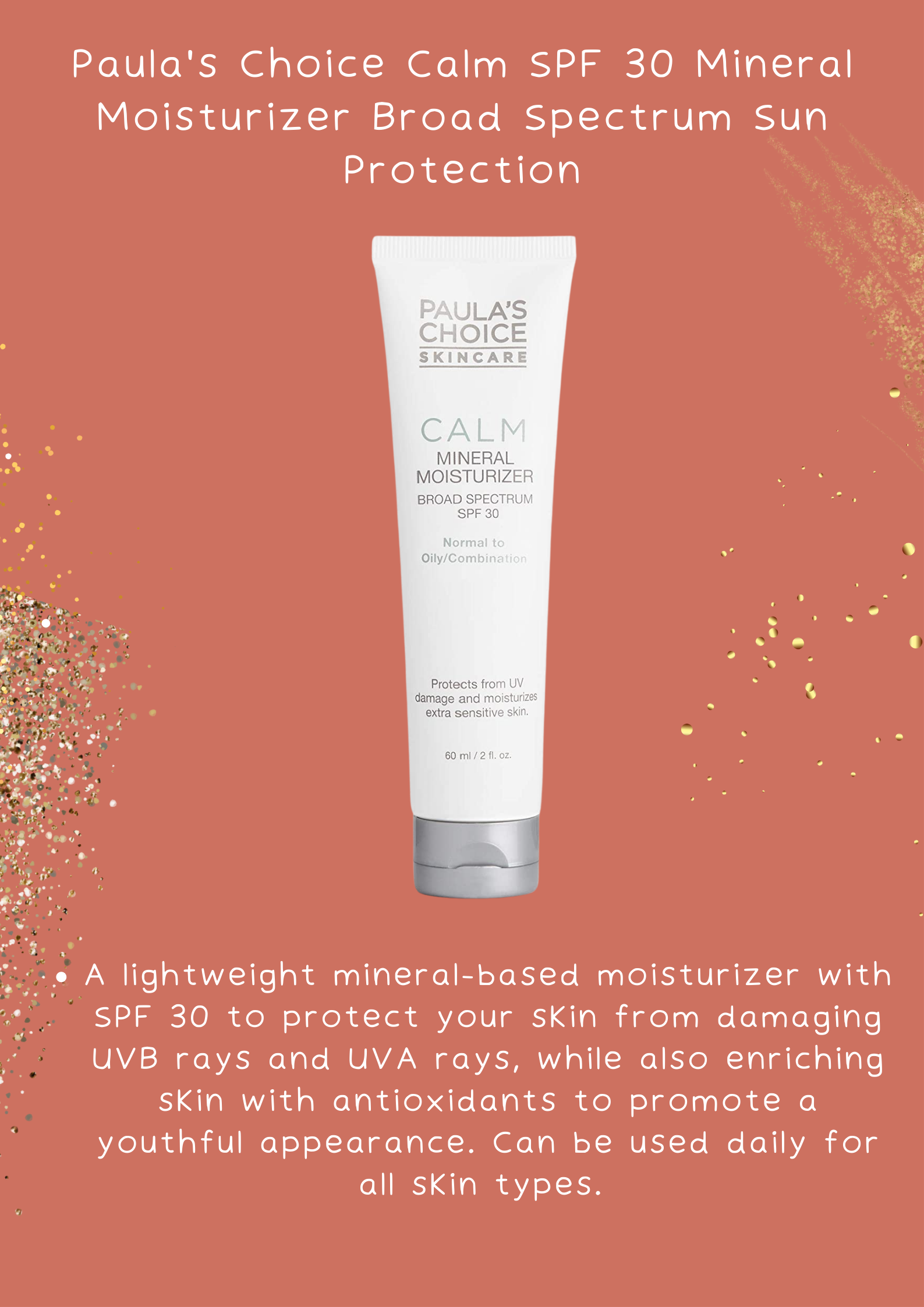 To shop the Paula’s Choice Calm SPF 30 Mineral Moisturizer Broad Spectrum Sun Protectant, click
To shop the Paula’s Choice Calm SPF 30 Mineral Moisturizer Broad Spectrum Sun Protectant, click  To shop the MyChelle Dermaceuticals Perfect C Serum, click
To shop the MyChelle Dermaceuticals Perfect C Serum, click  To shop the BABOR Enzyme Cleanser, Gentle Antioxidant Daily Face Exfoliator, with Vitamin C and Active Enzymes, click
To shop the BABOR Enzyme Cleanser, Gentle Antioxidant Daily Face Exfoliator, with Vitamin C and Active Enzymes, click  To shop the Everyone 3-in-1 Soap, Body Wash, Bubble Bath, and Shampoo With Organic Plant Extracts and Pure Essential oils, click
To shop the Everyone 3-in-1 Soap, Body Wash, Bubble Bath, and Shampoo With Organic Plant Extracts and Pure Essential oils, click  To shop the Sahara Sailor Water Bottle, 32oz Motivational Sports Water Bottle With Time Marker, click
To shop the Sahara Sailor Water Bottle, 32oz Motivational Sports Water Bottle With Time Marker, click 




